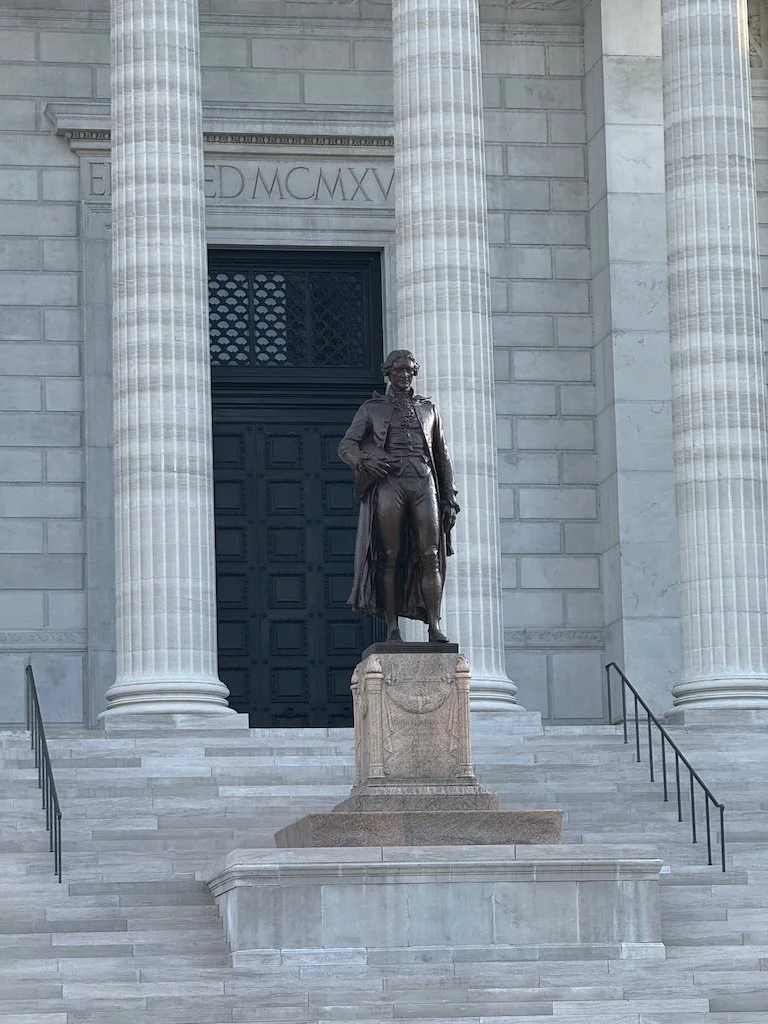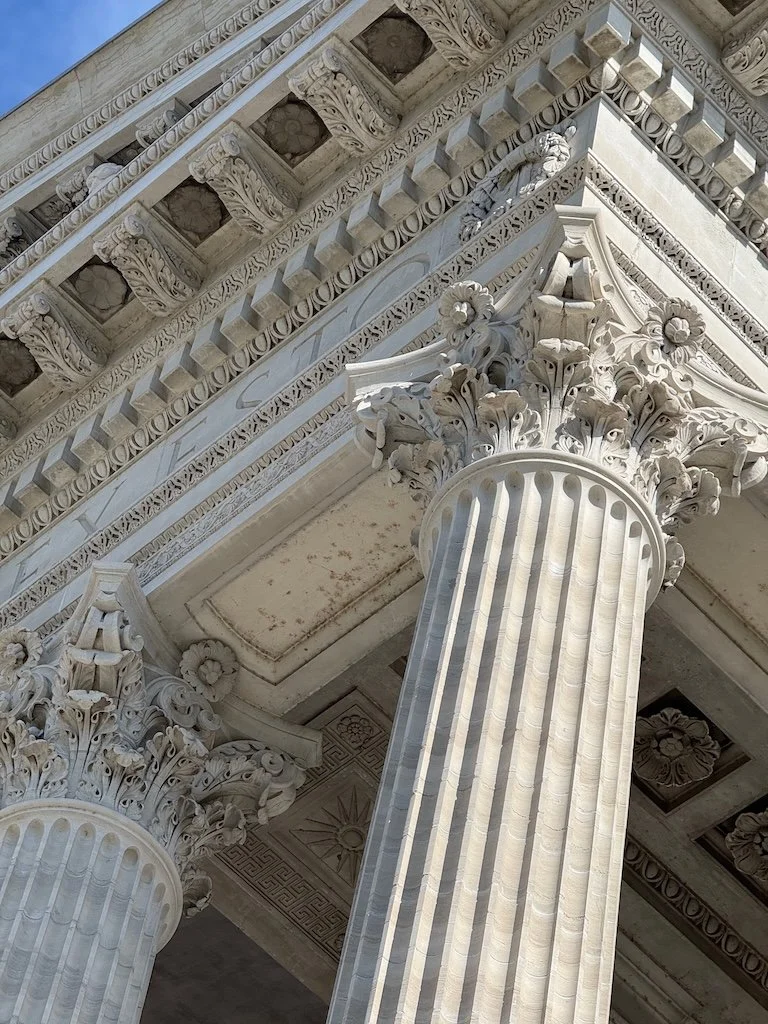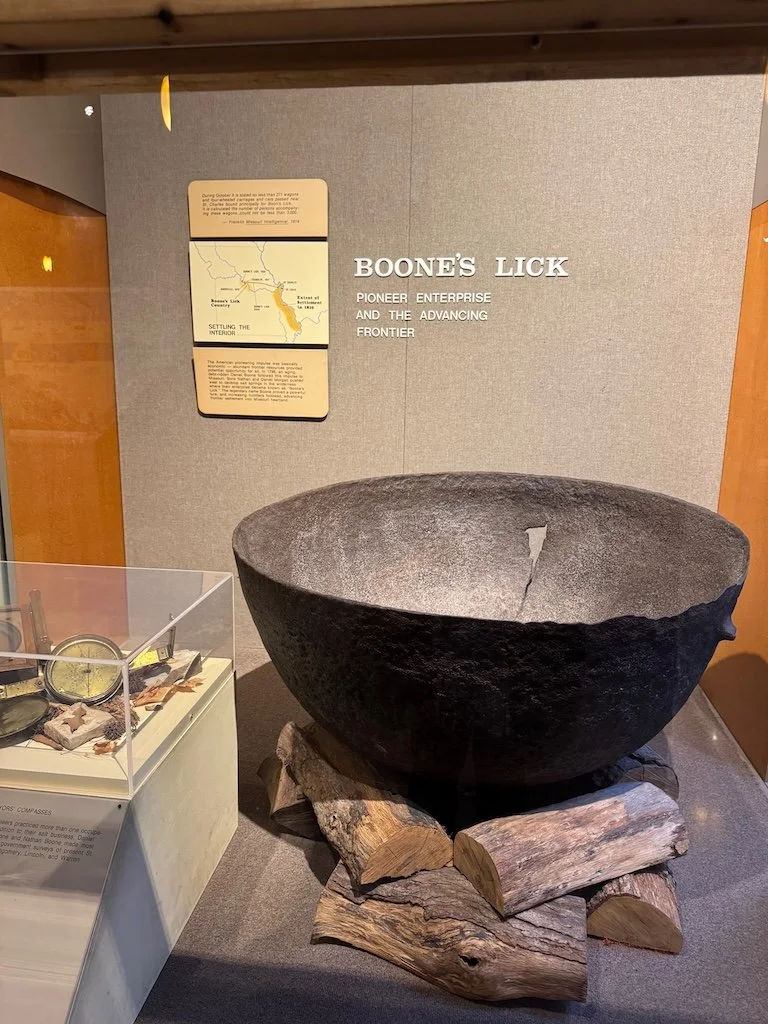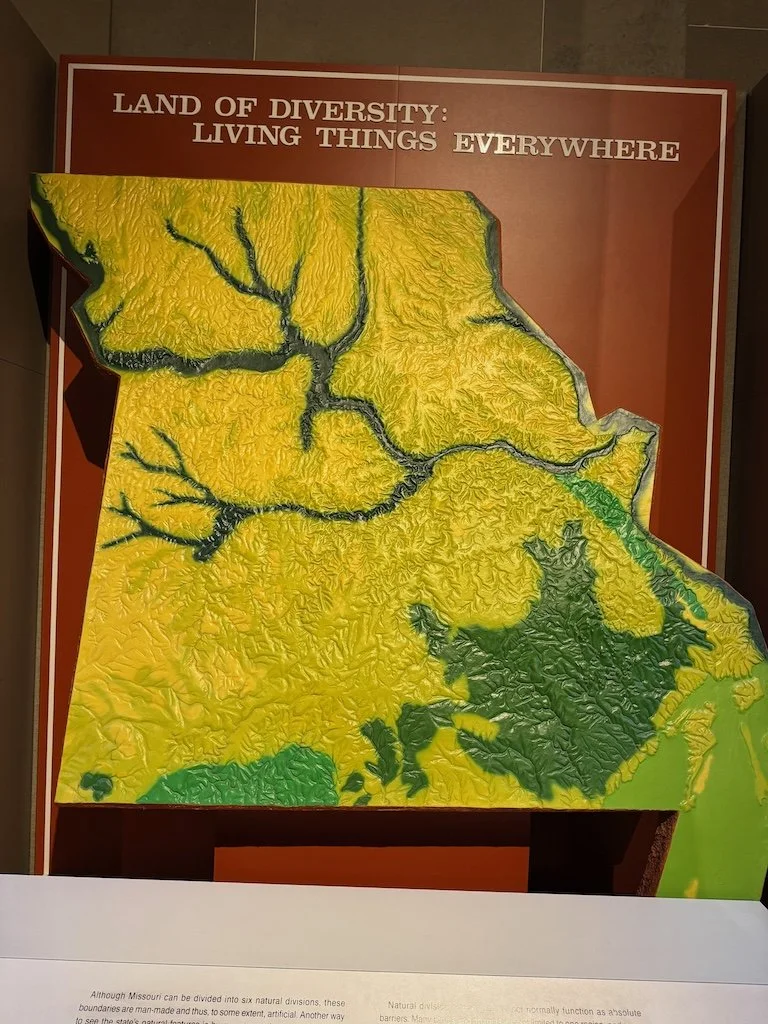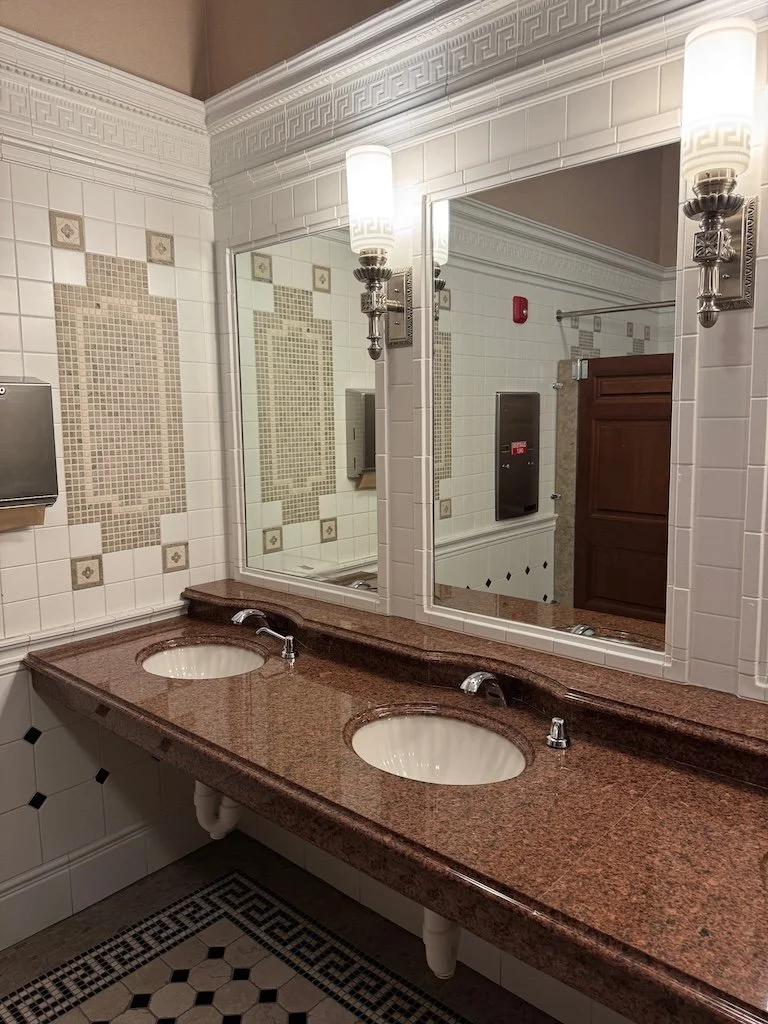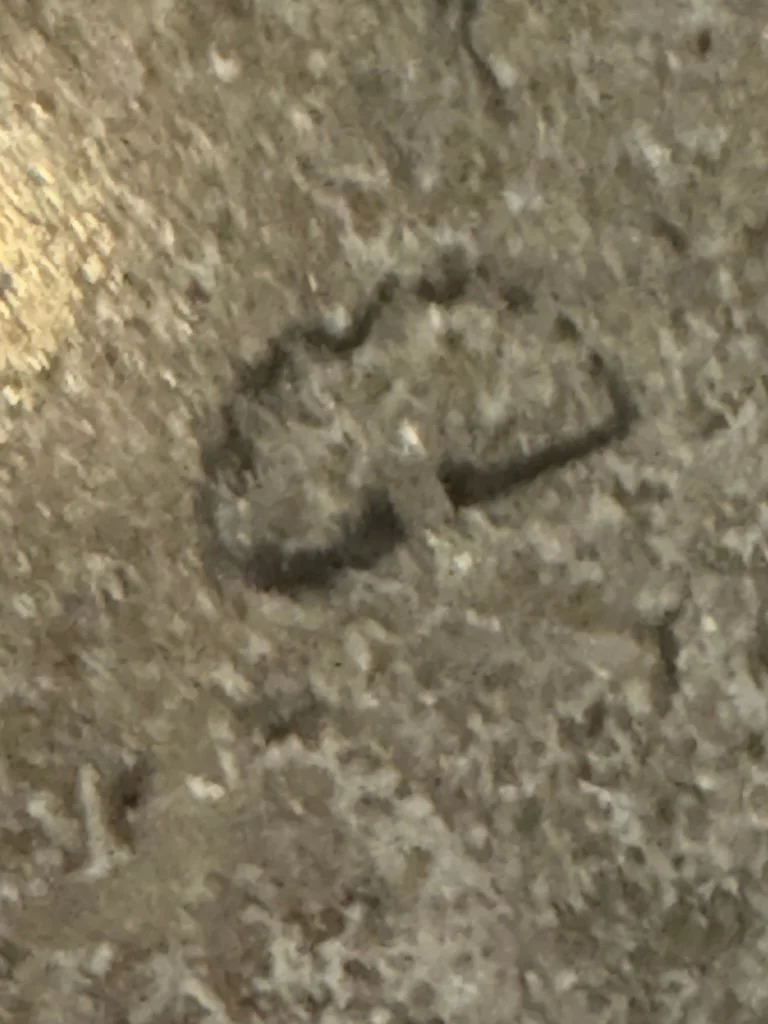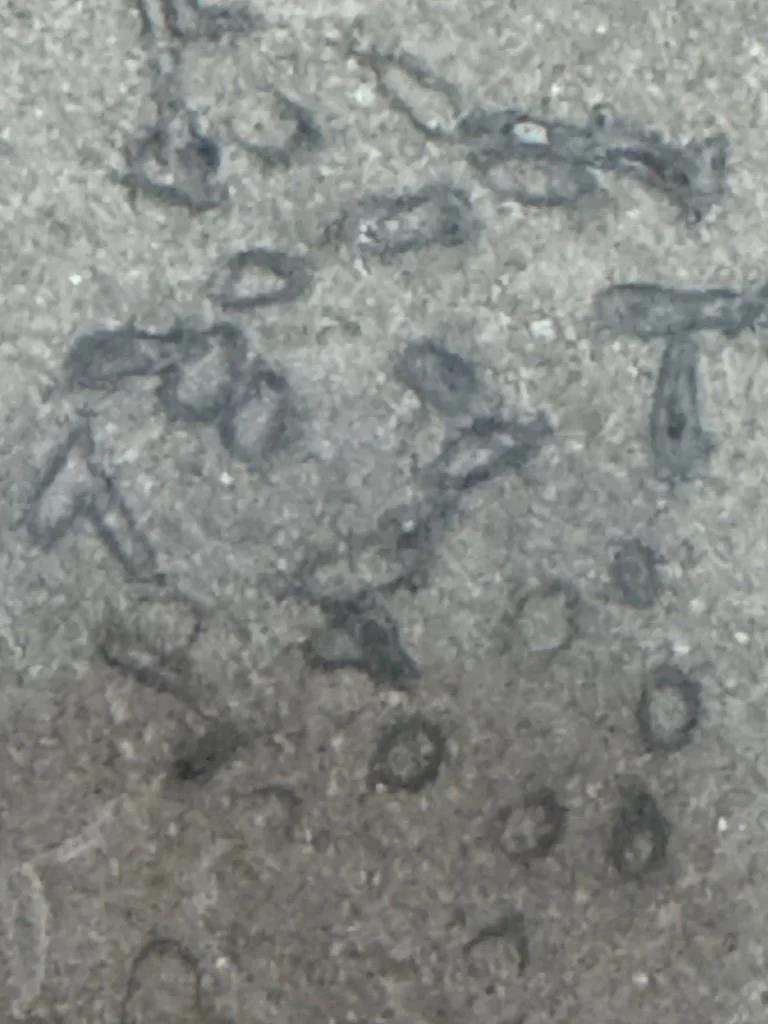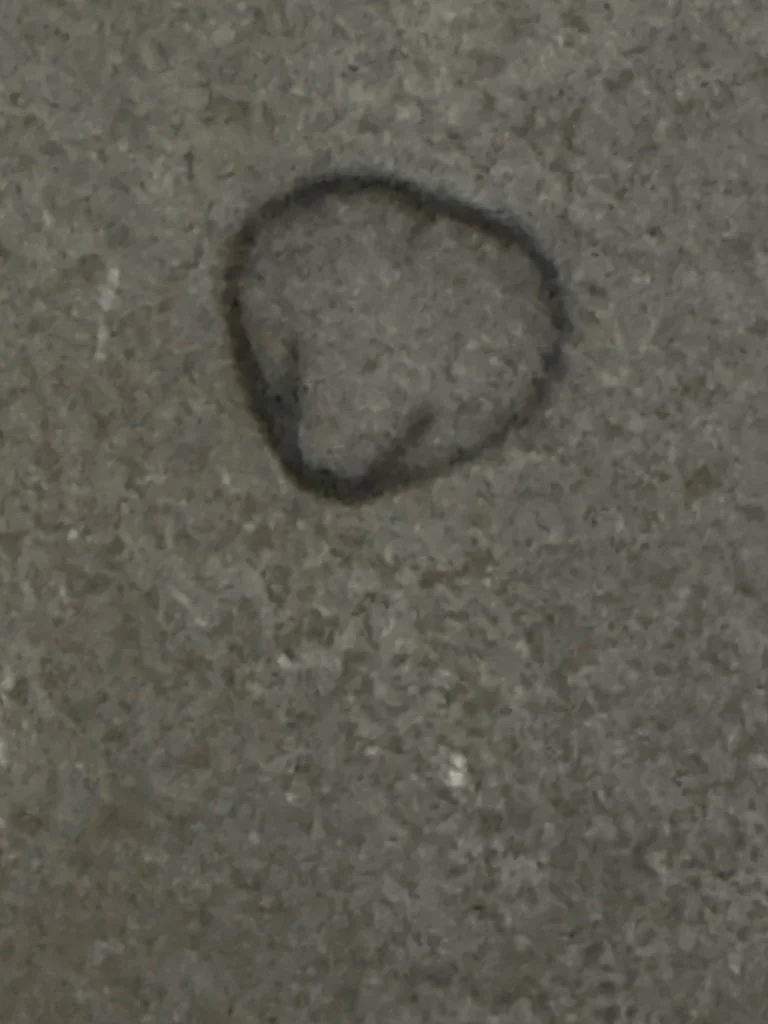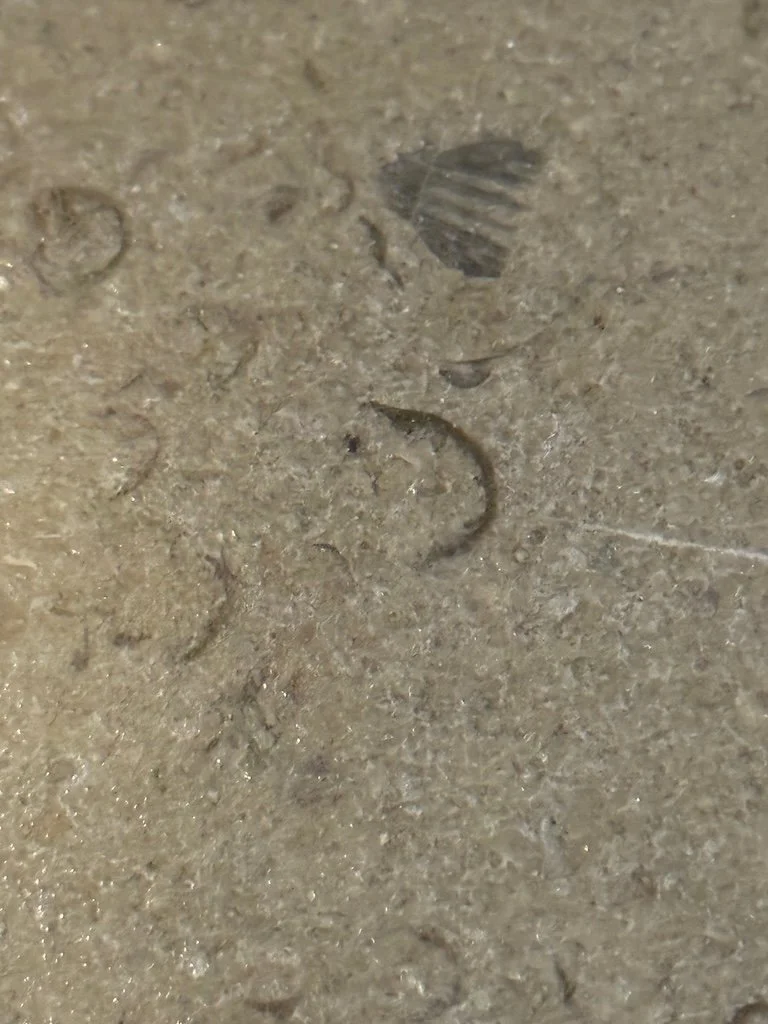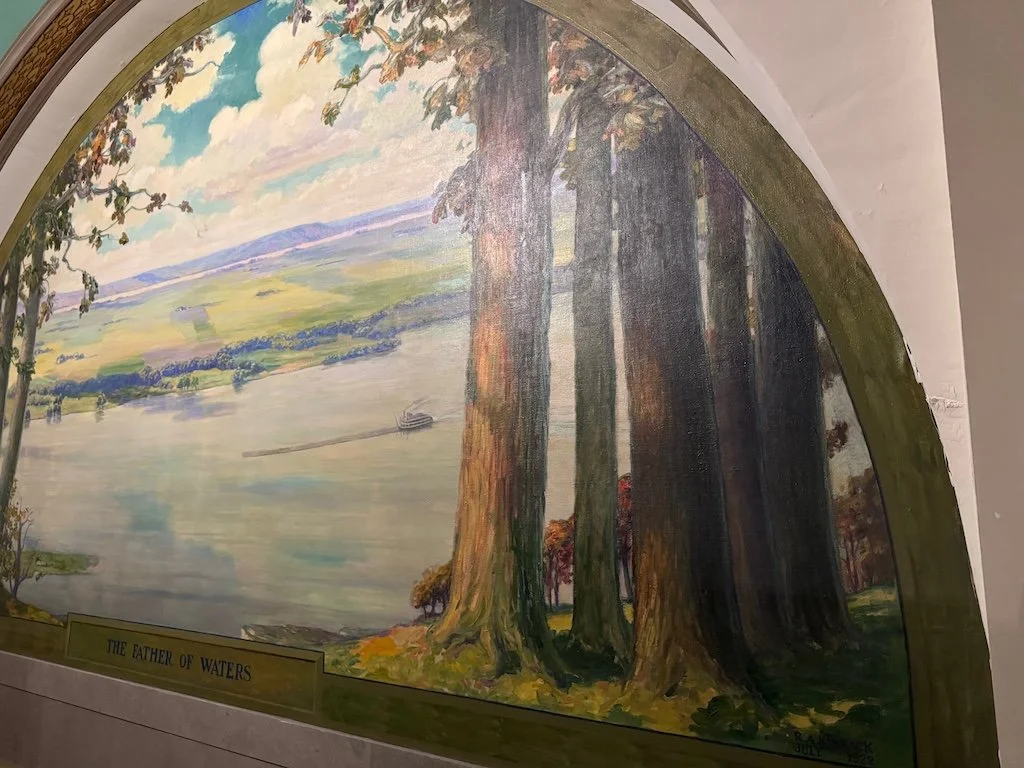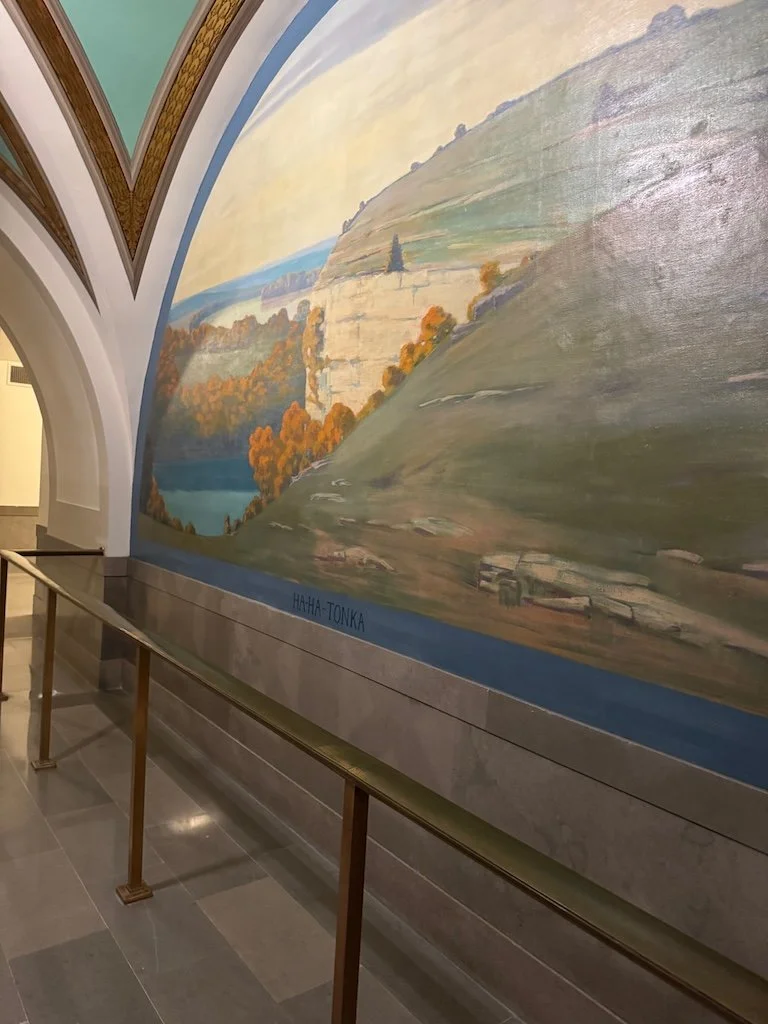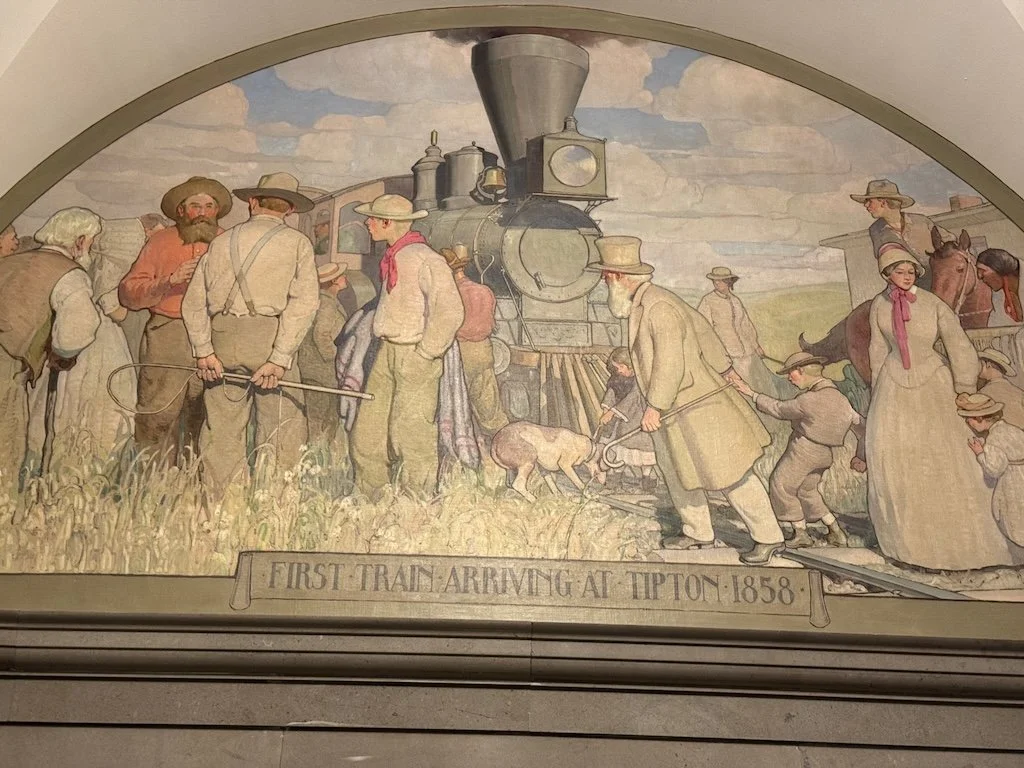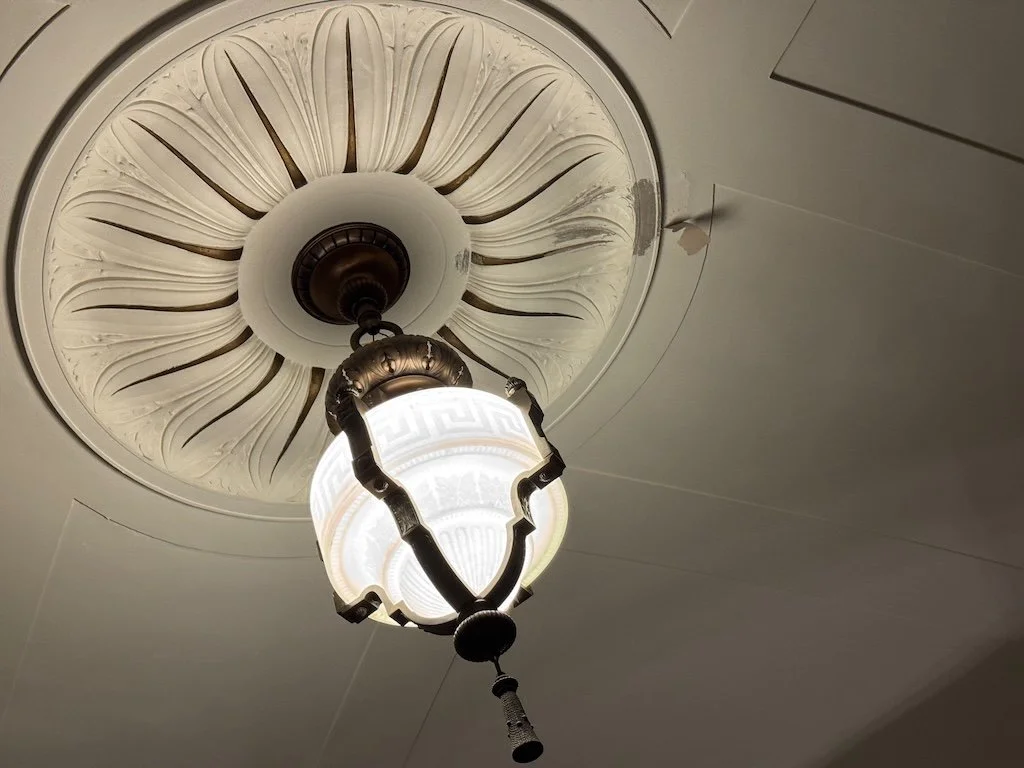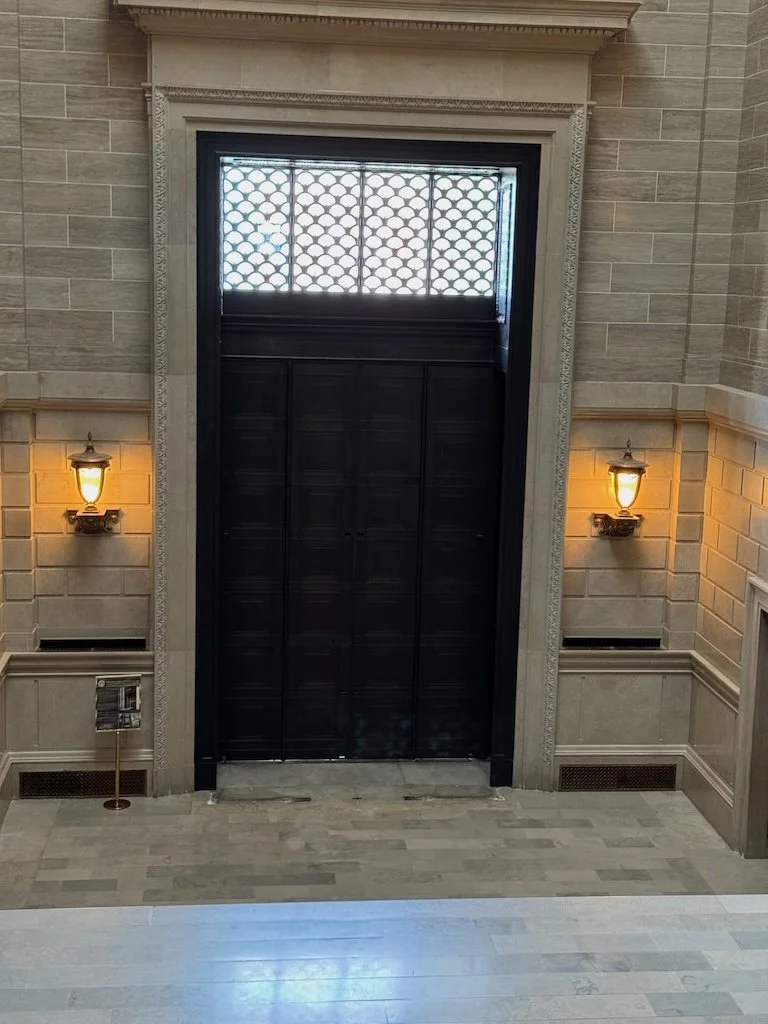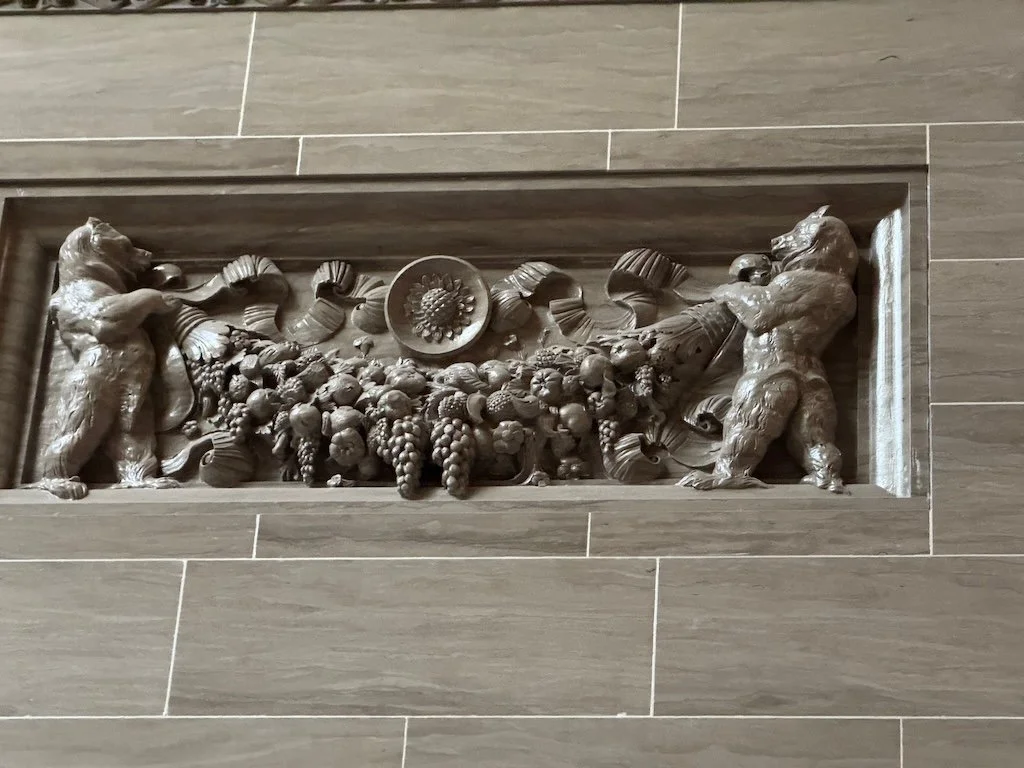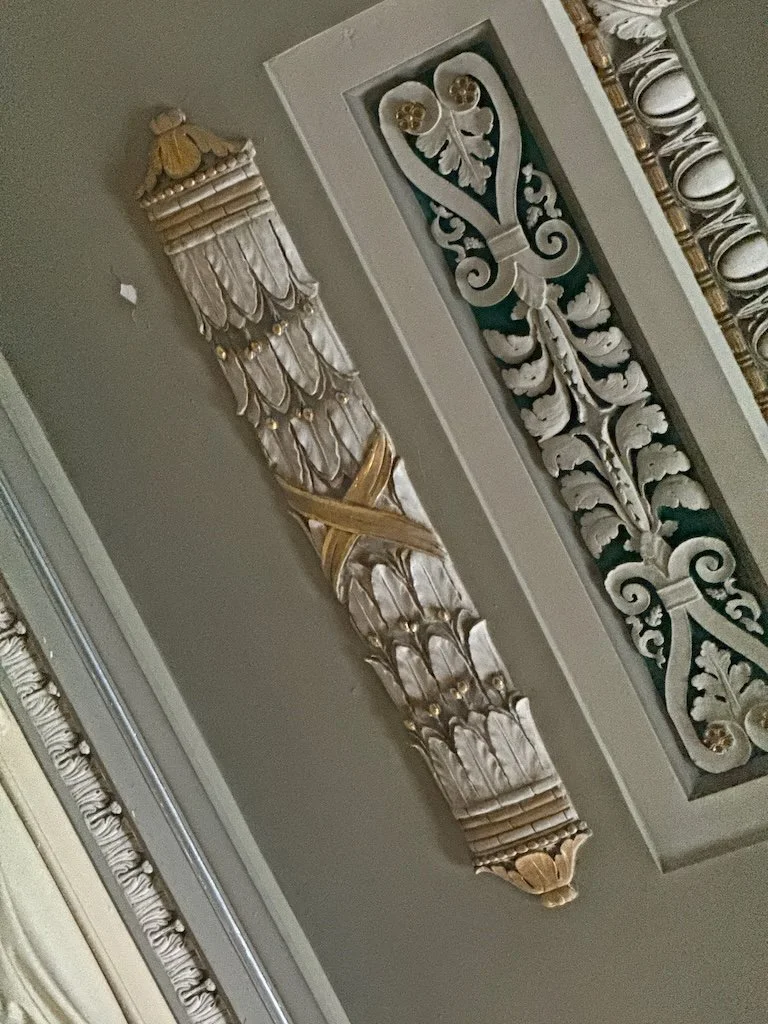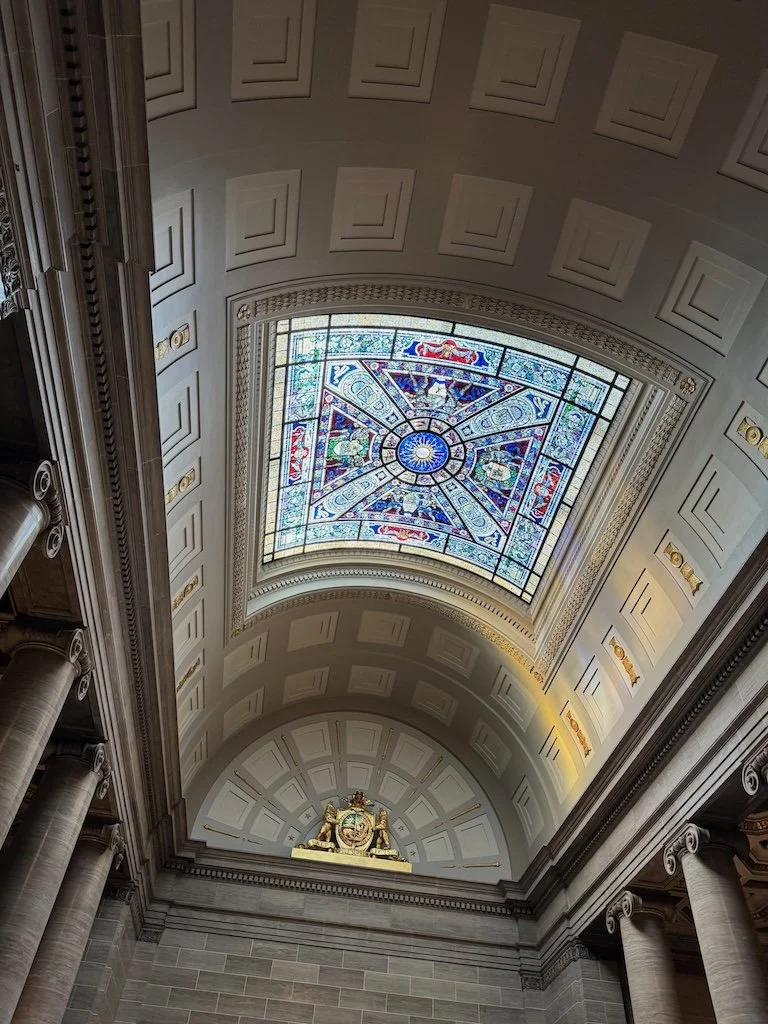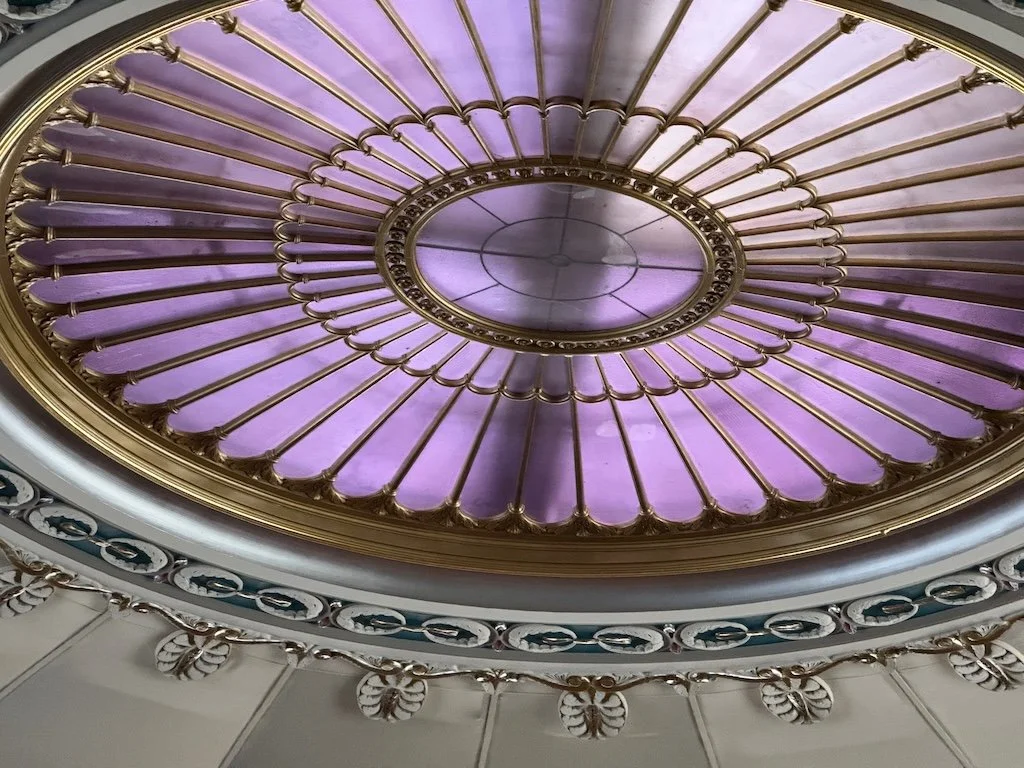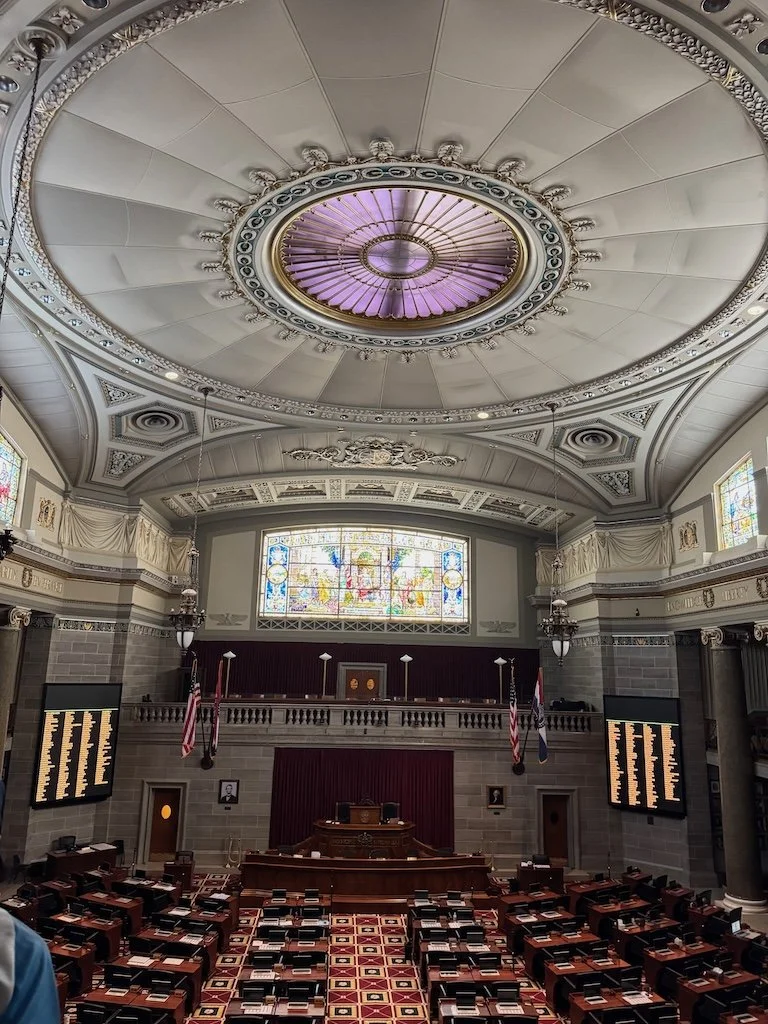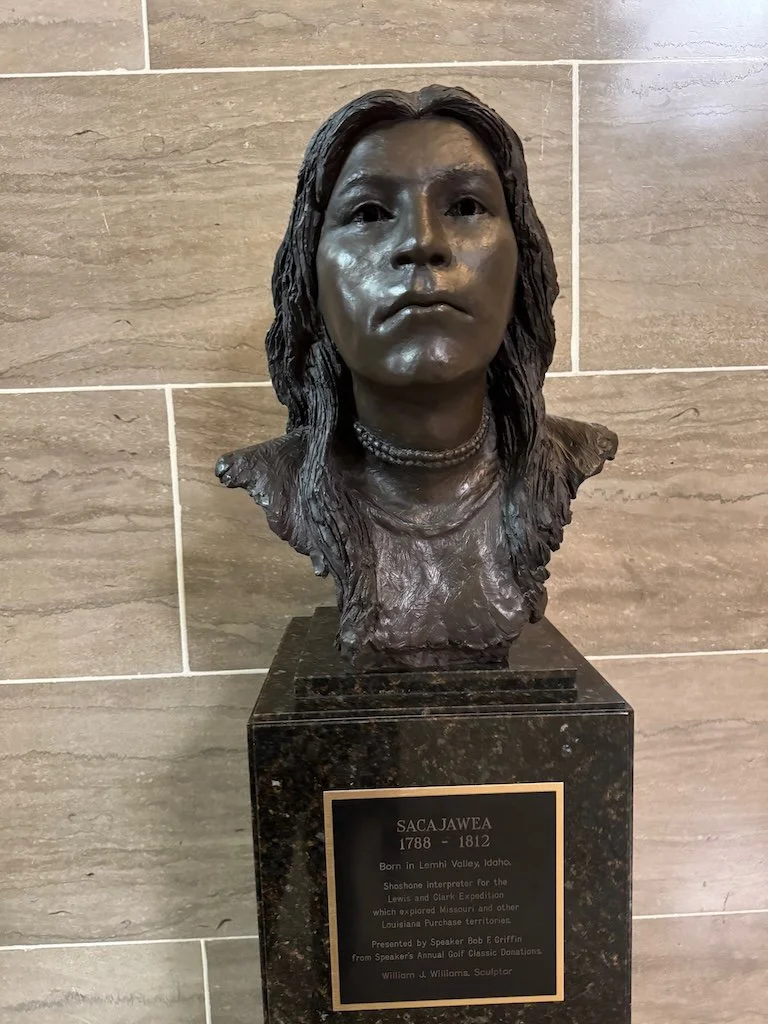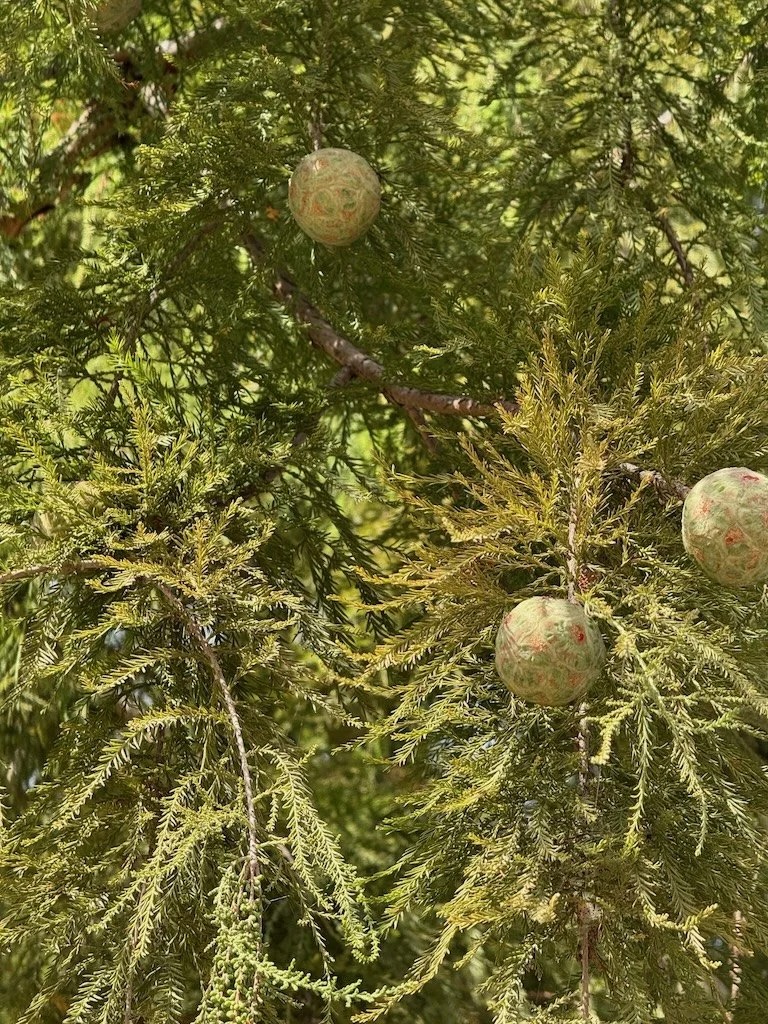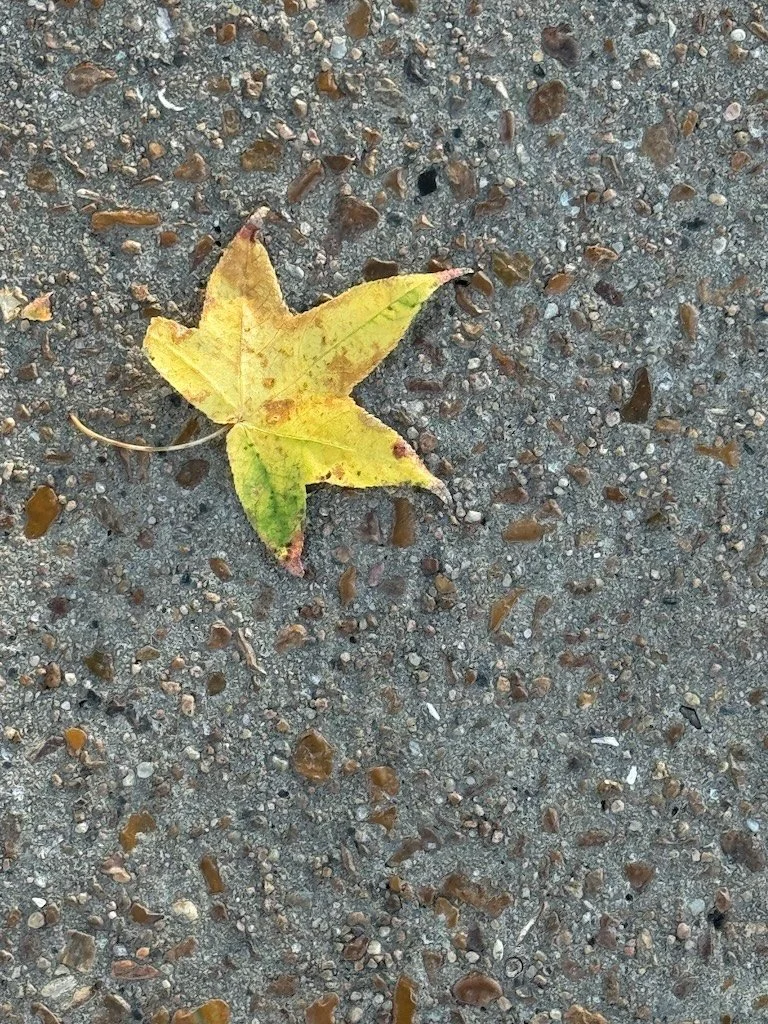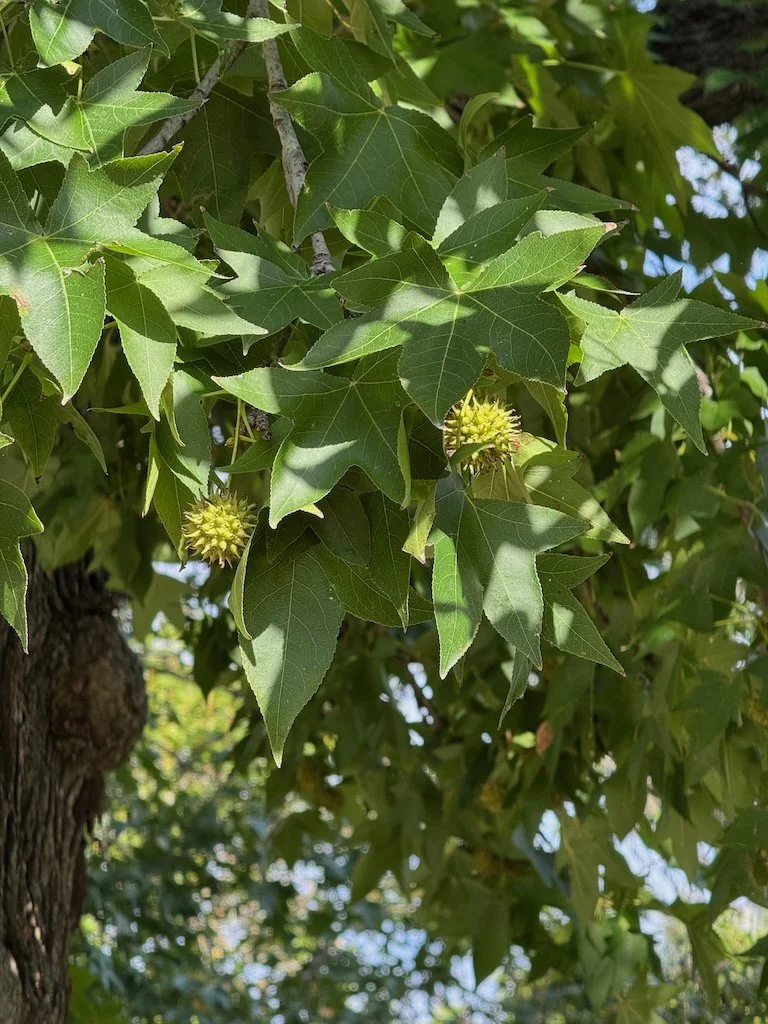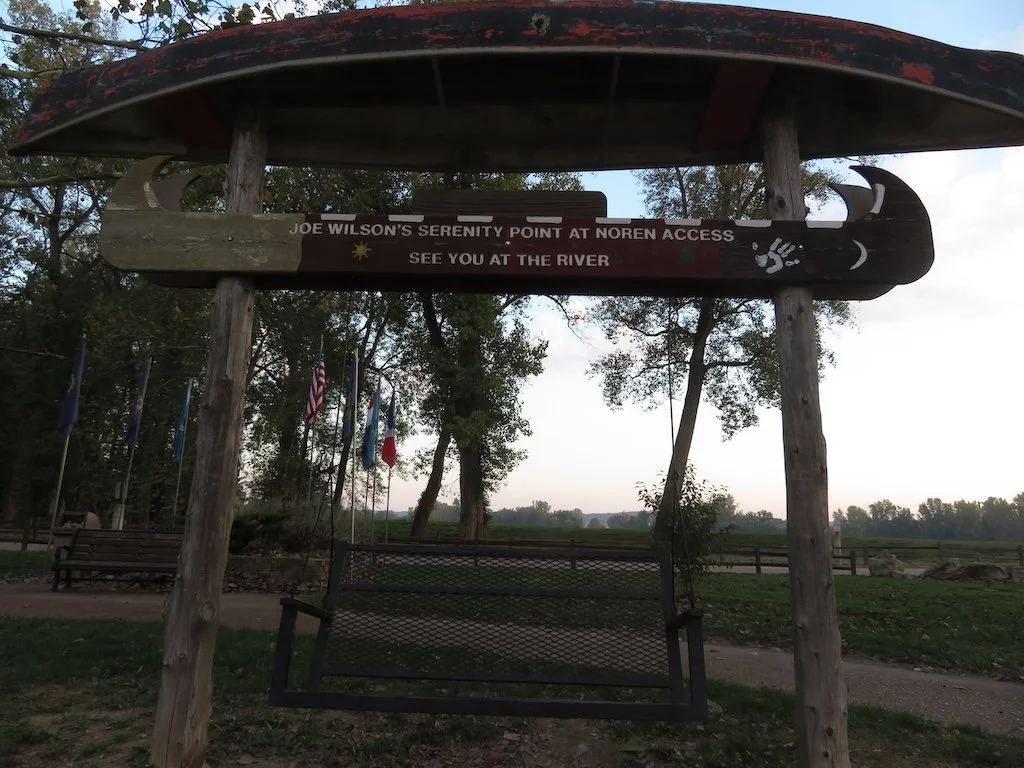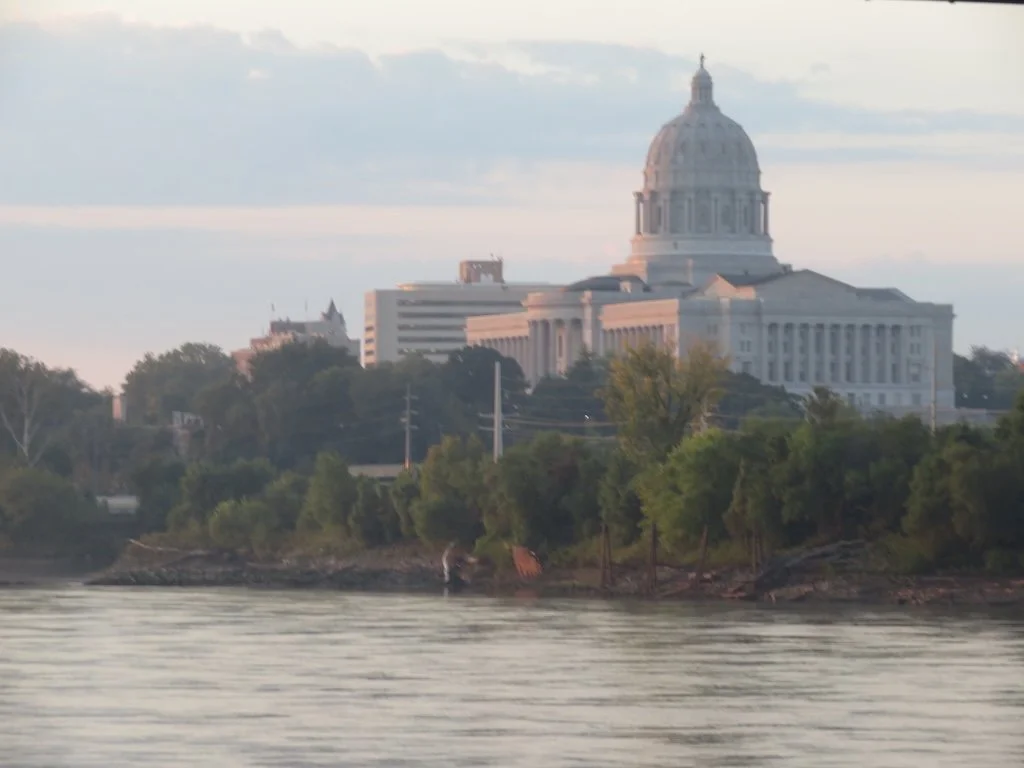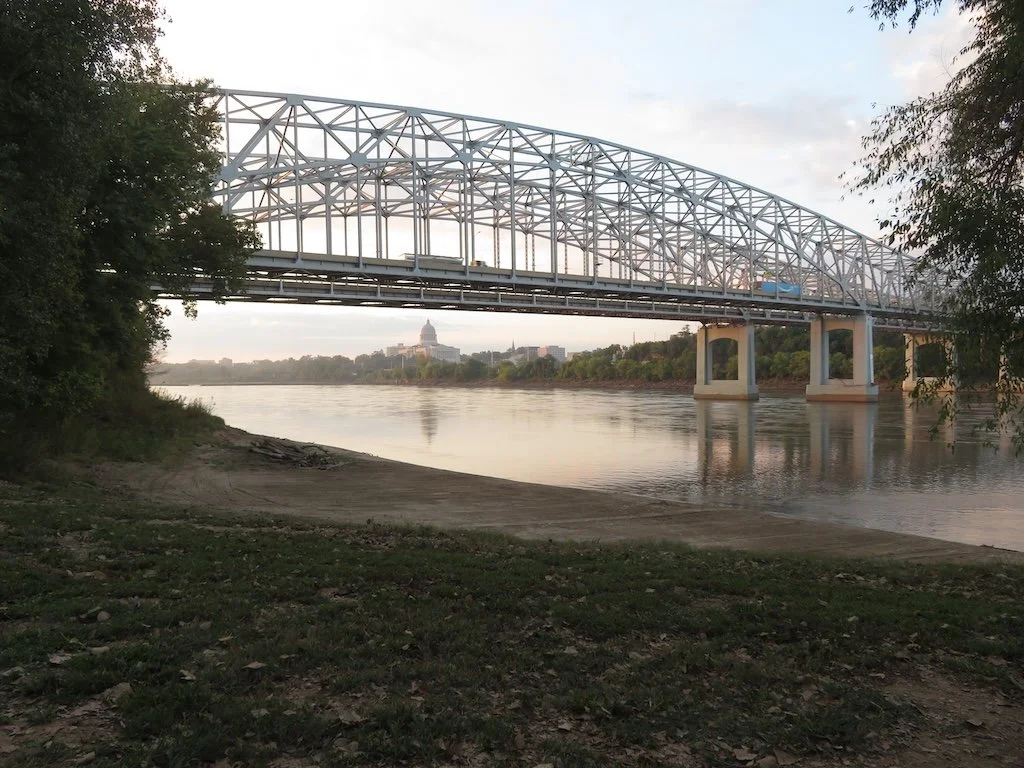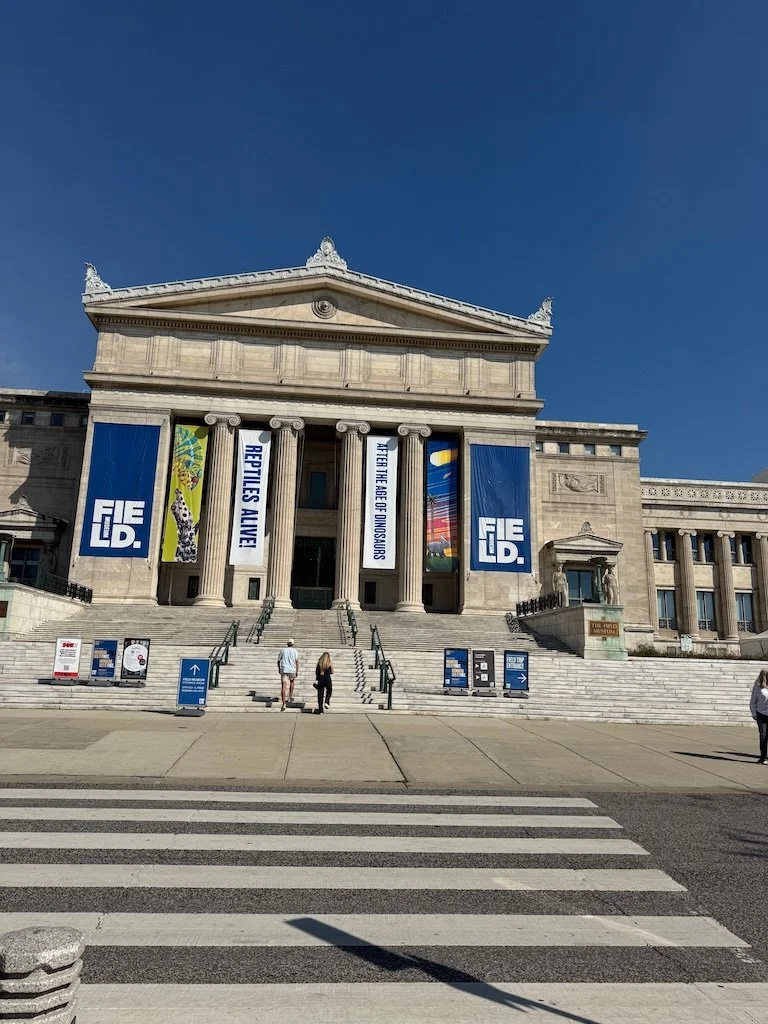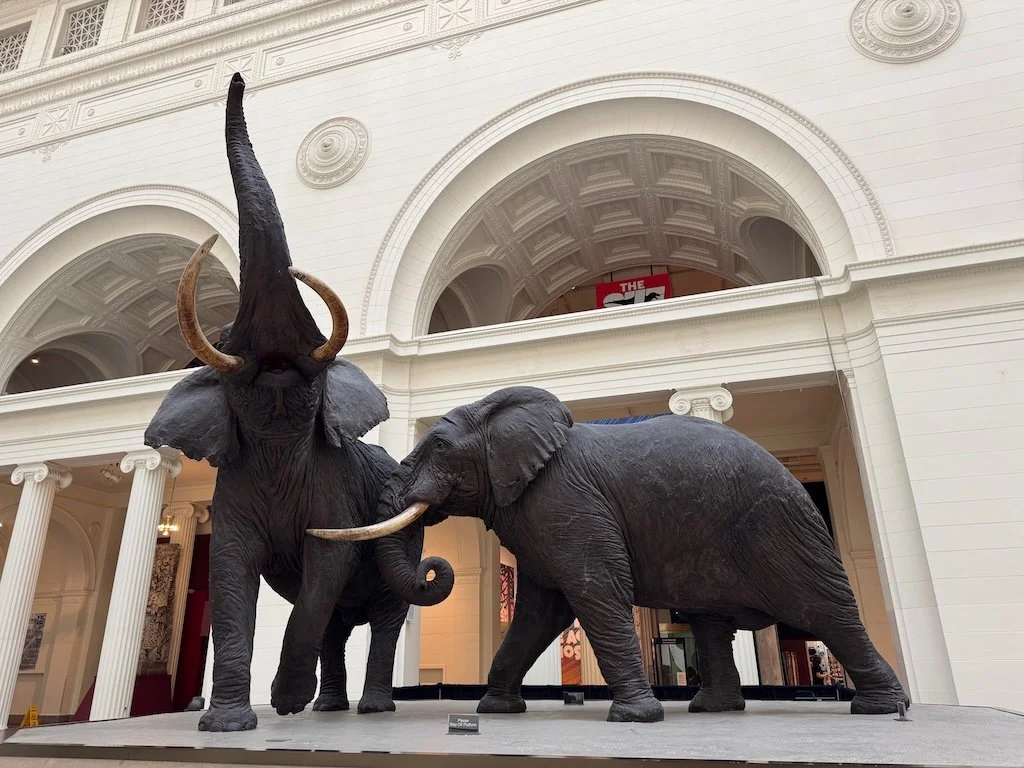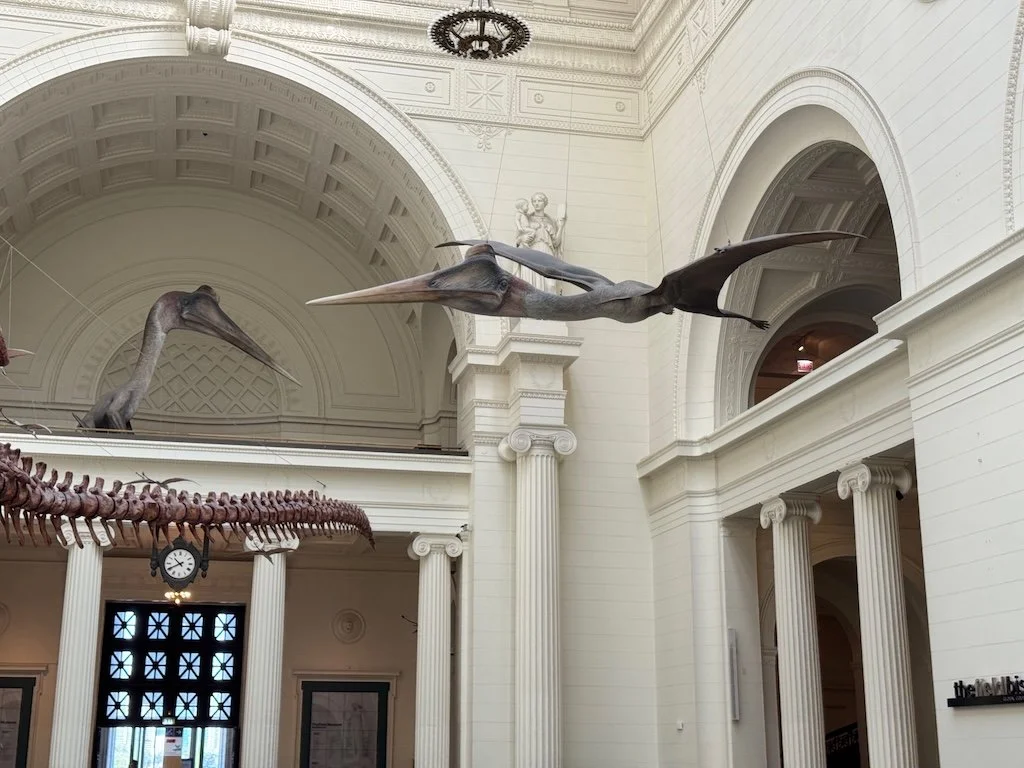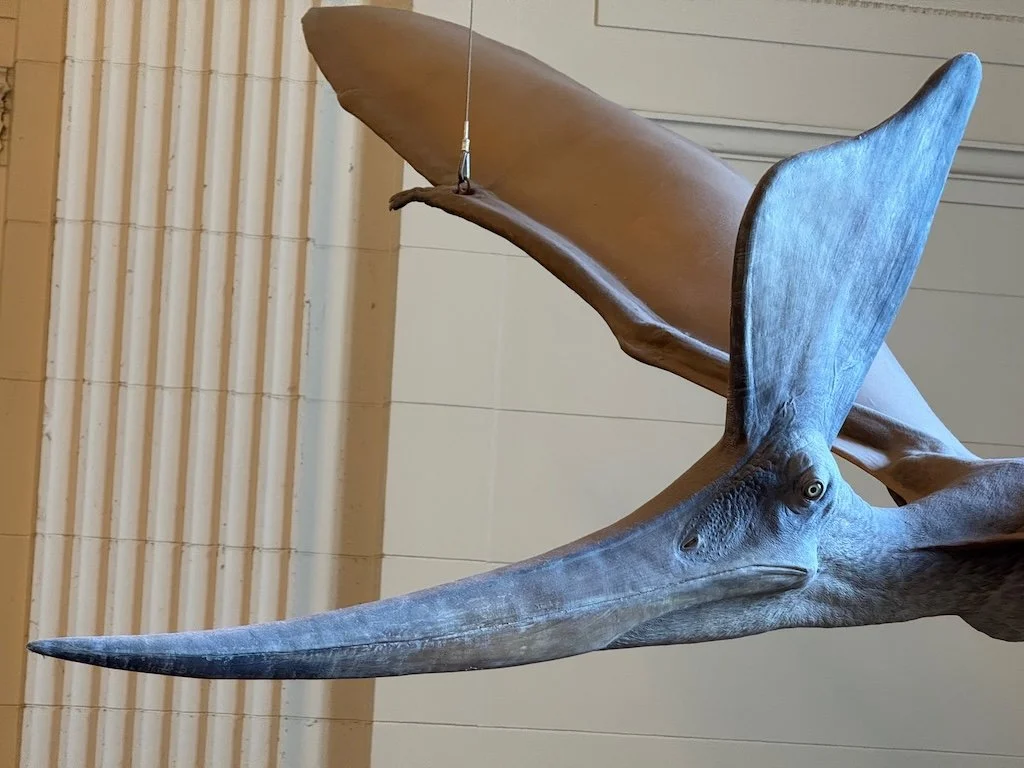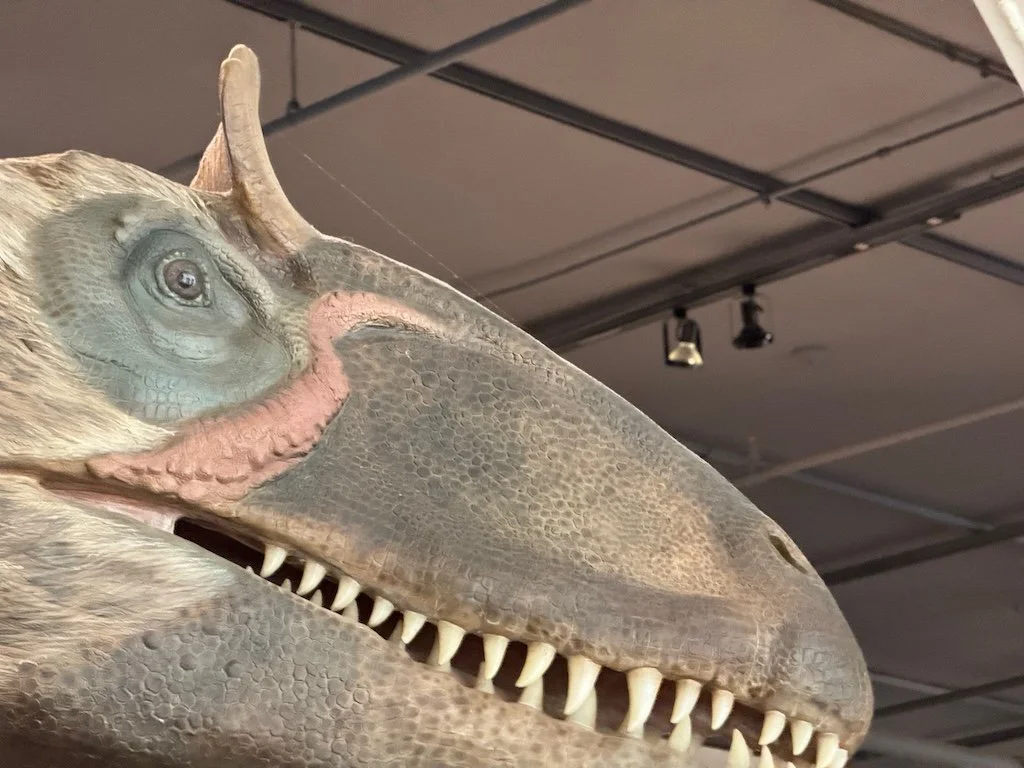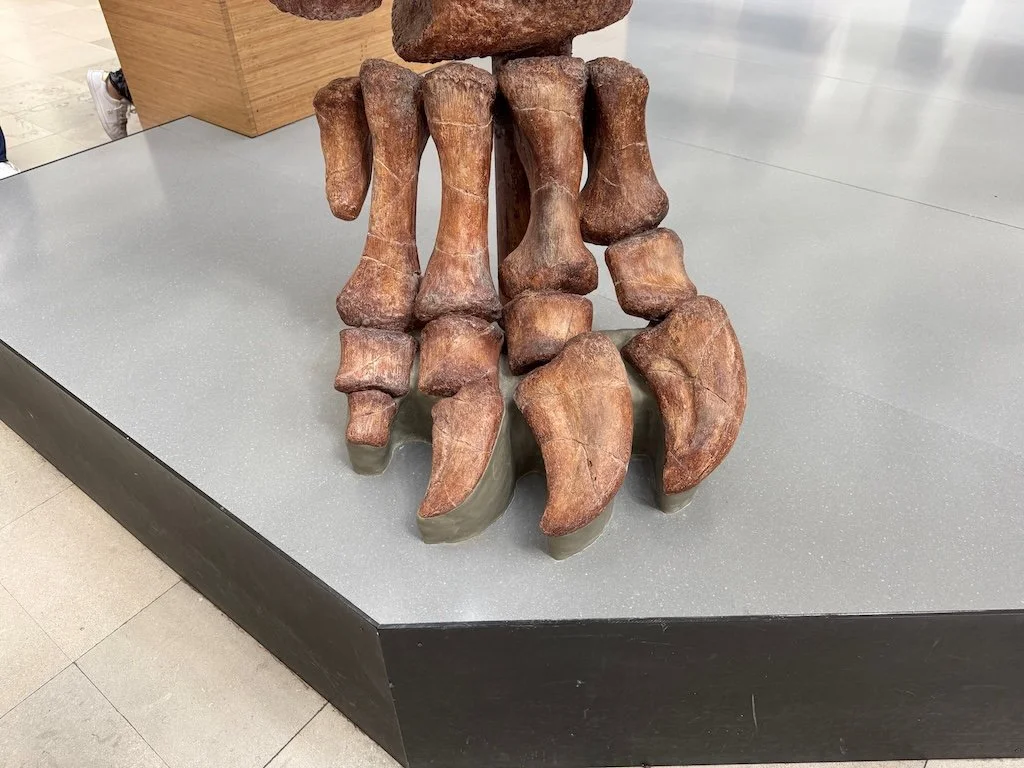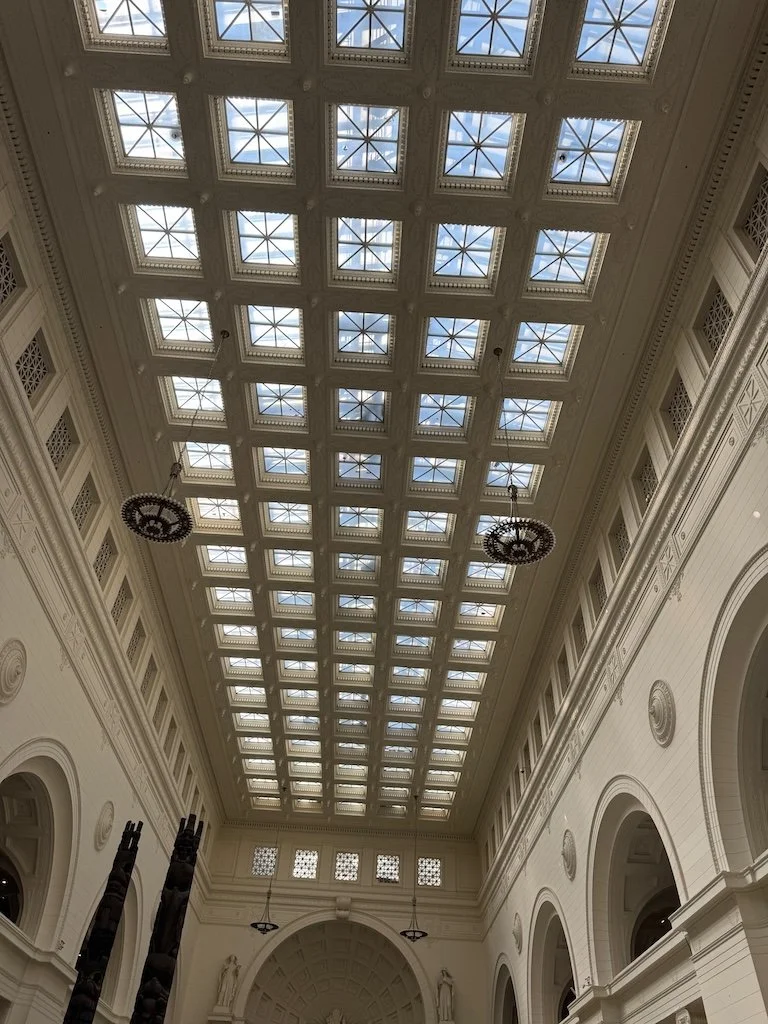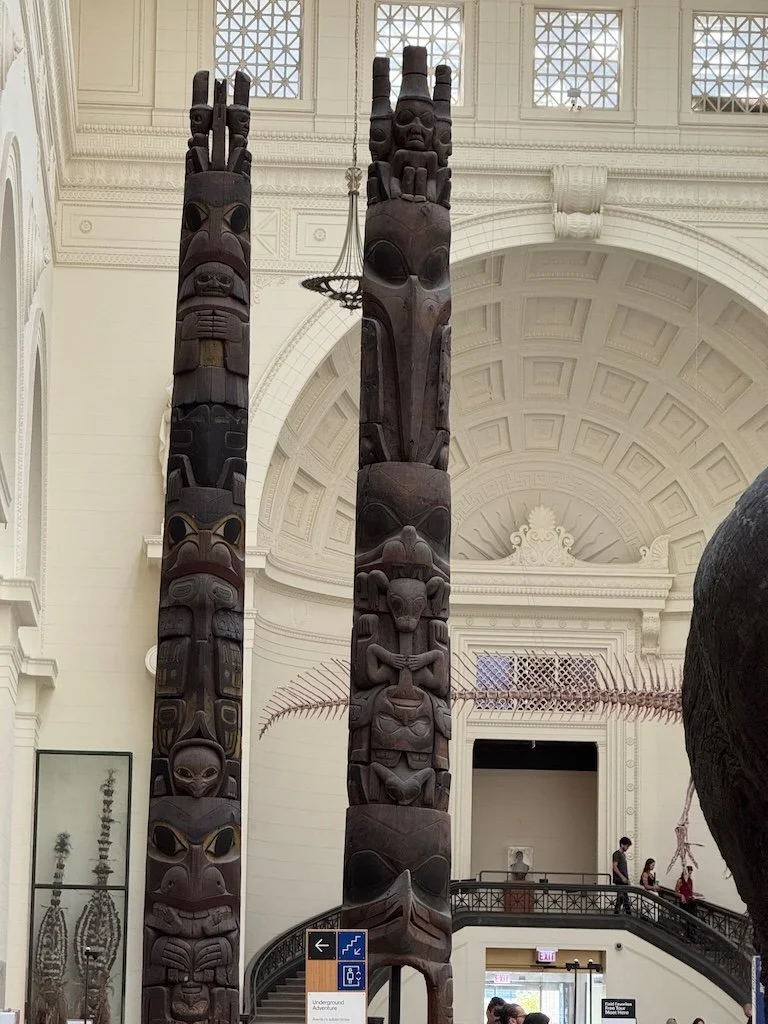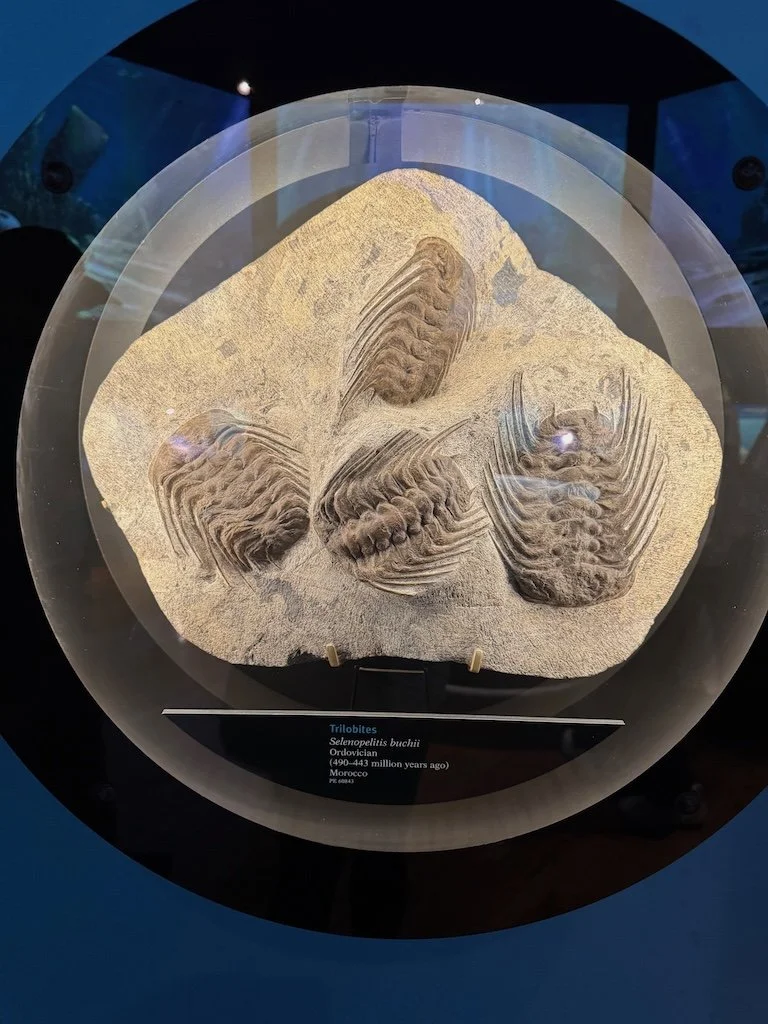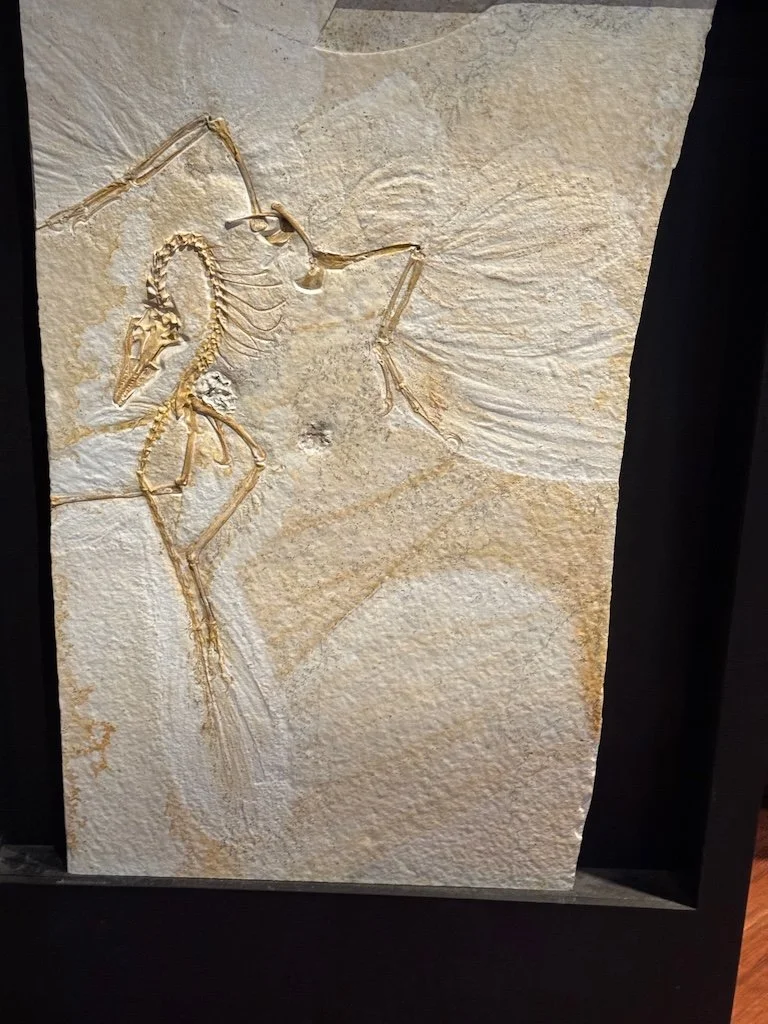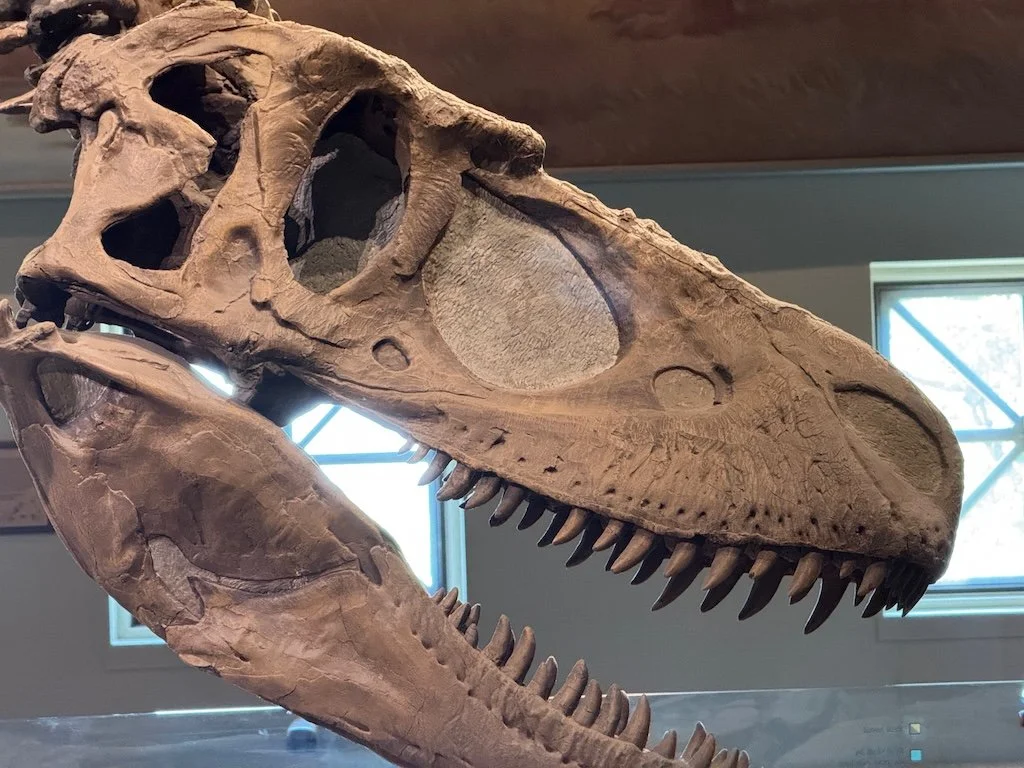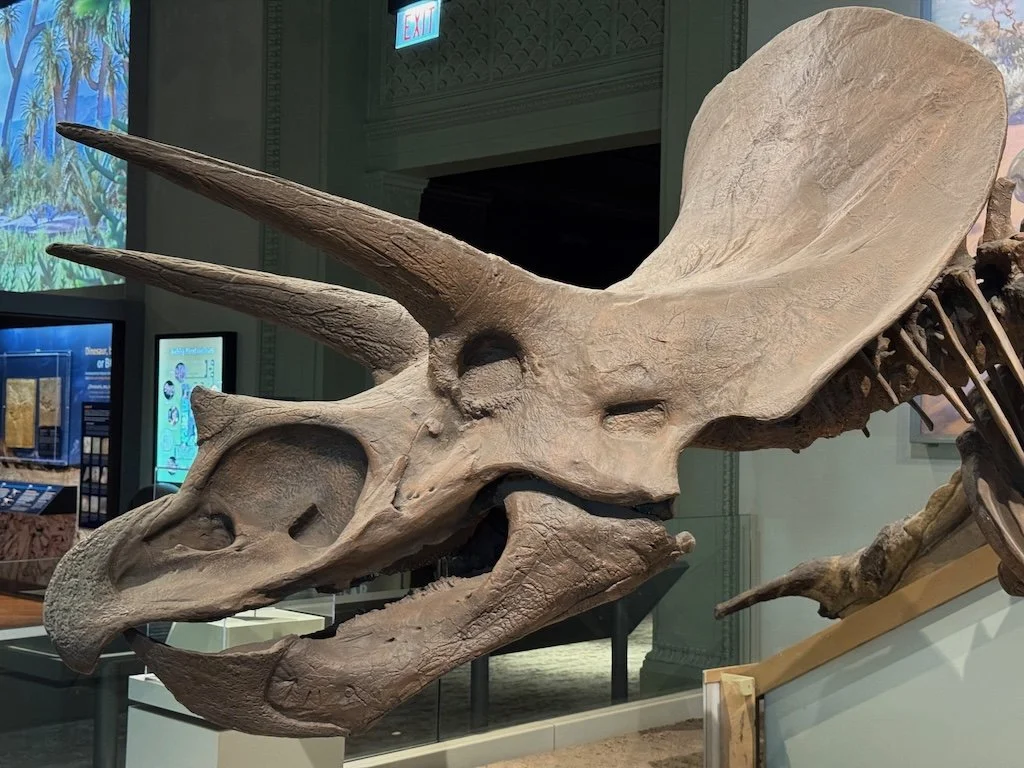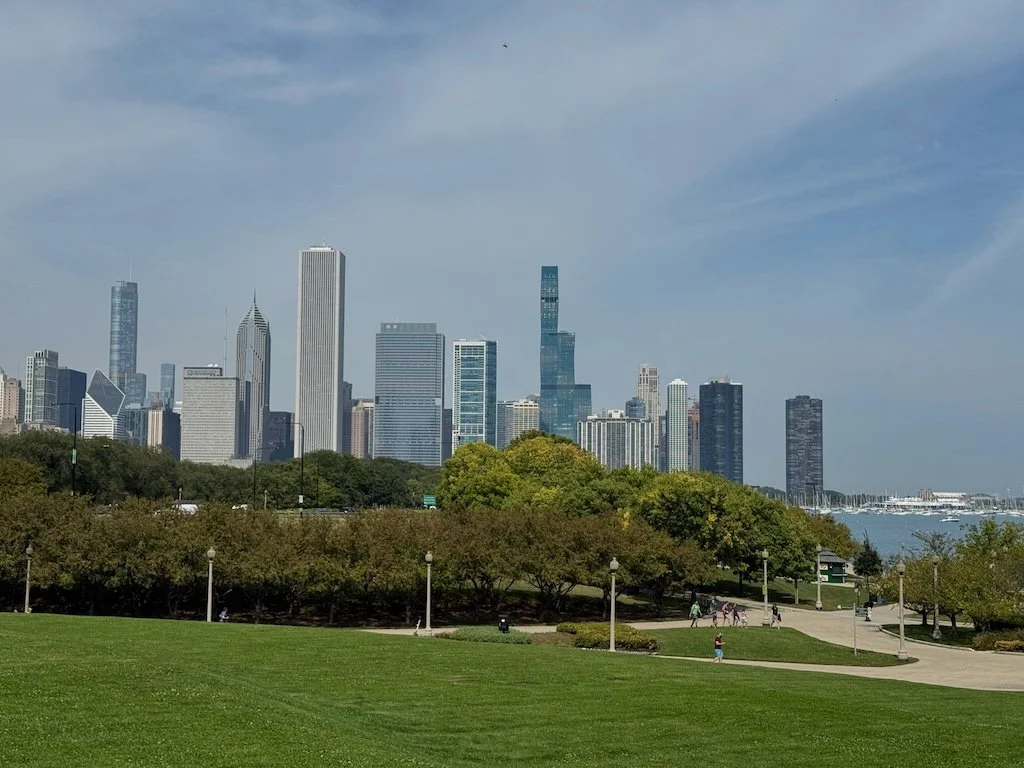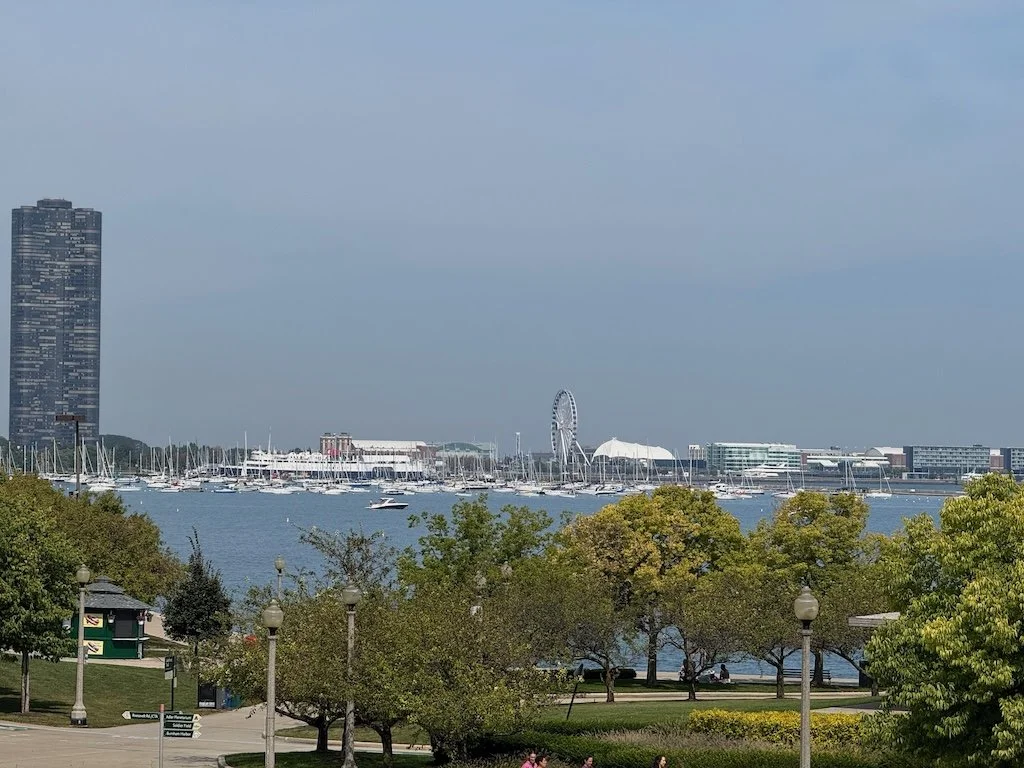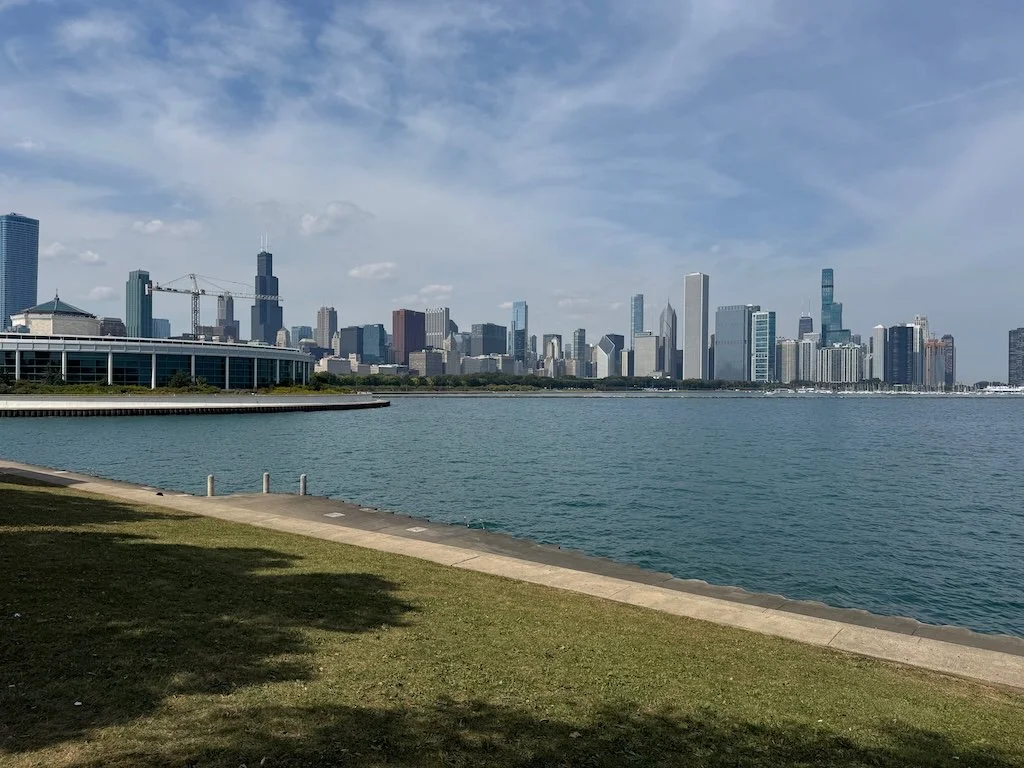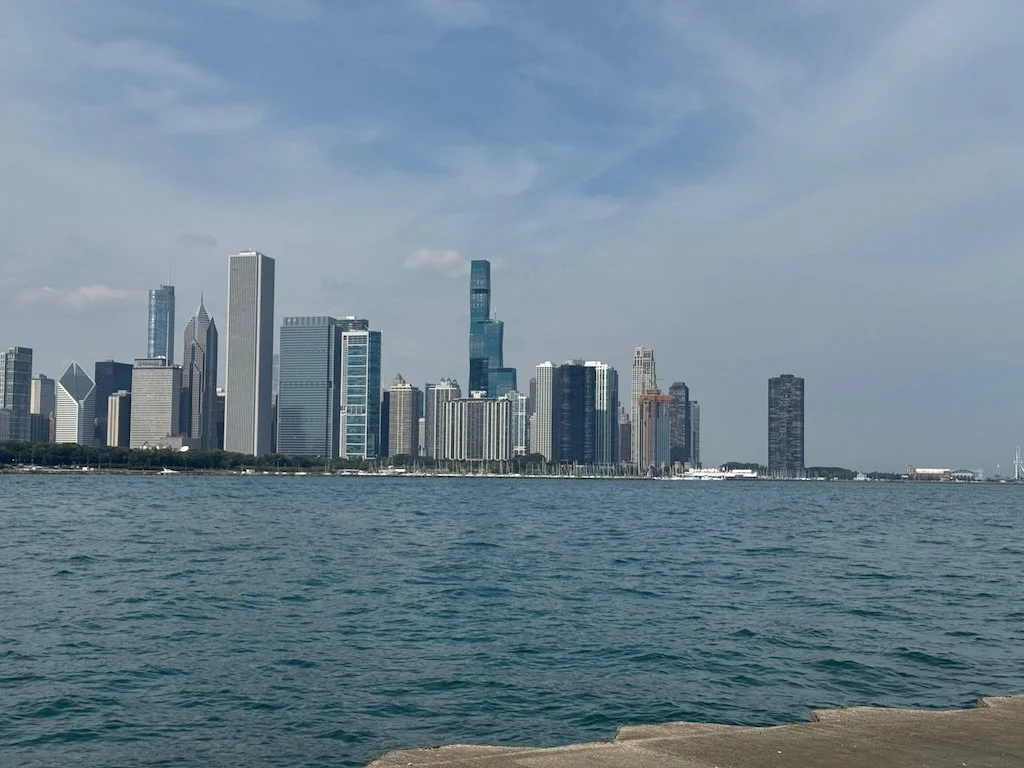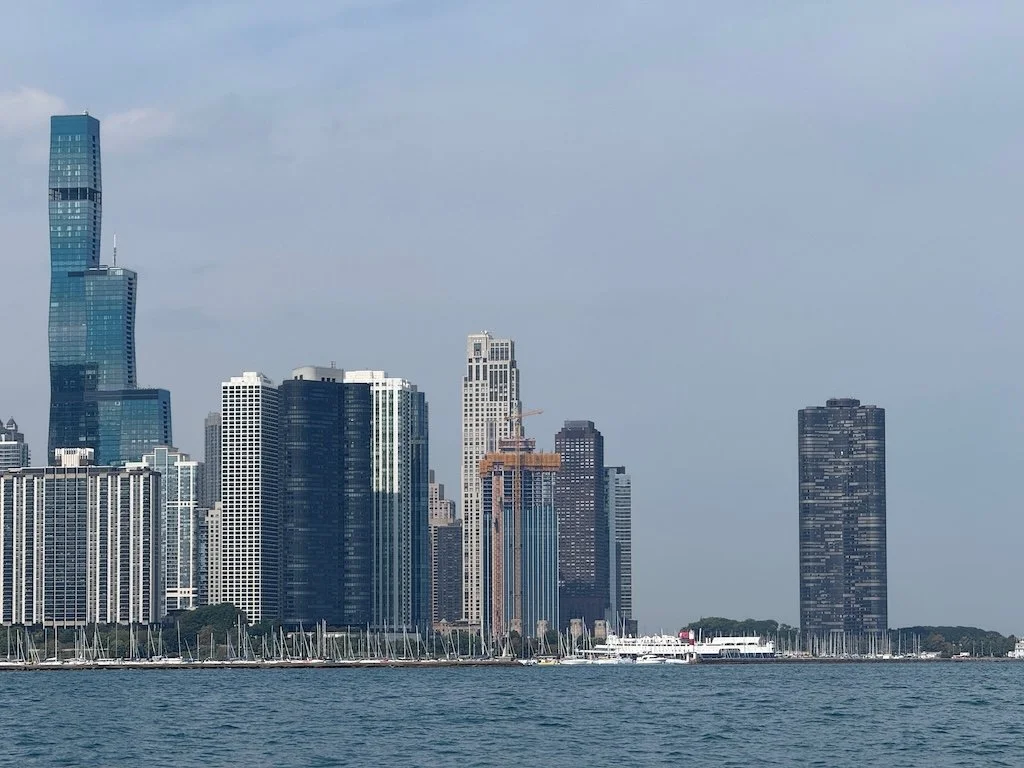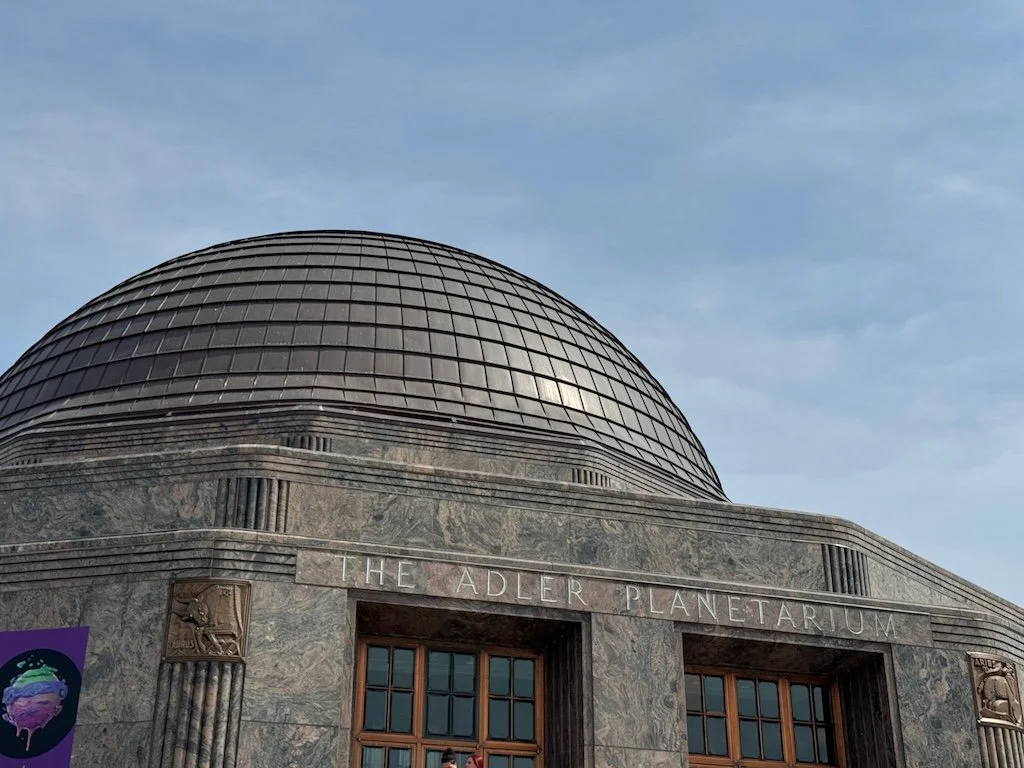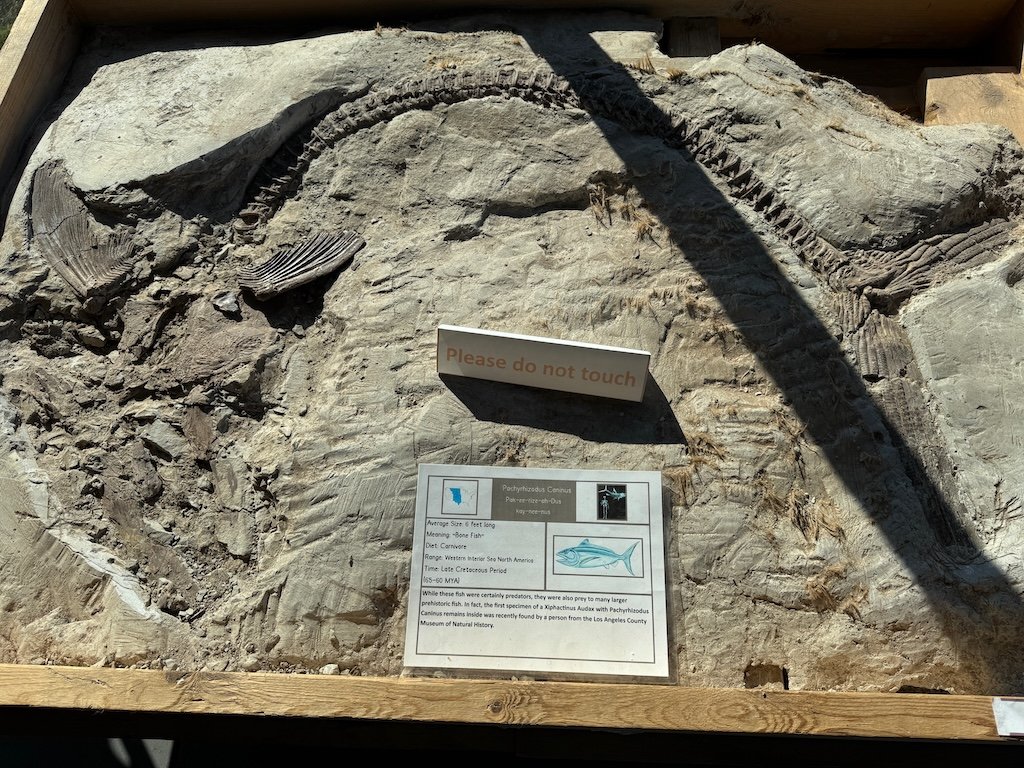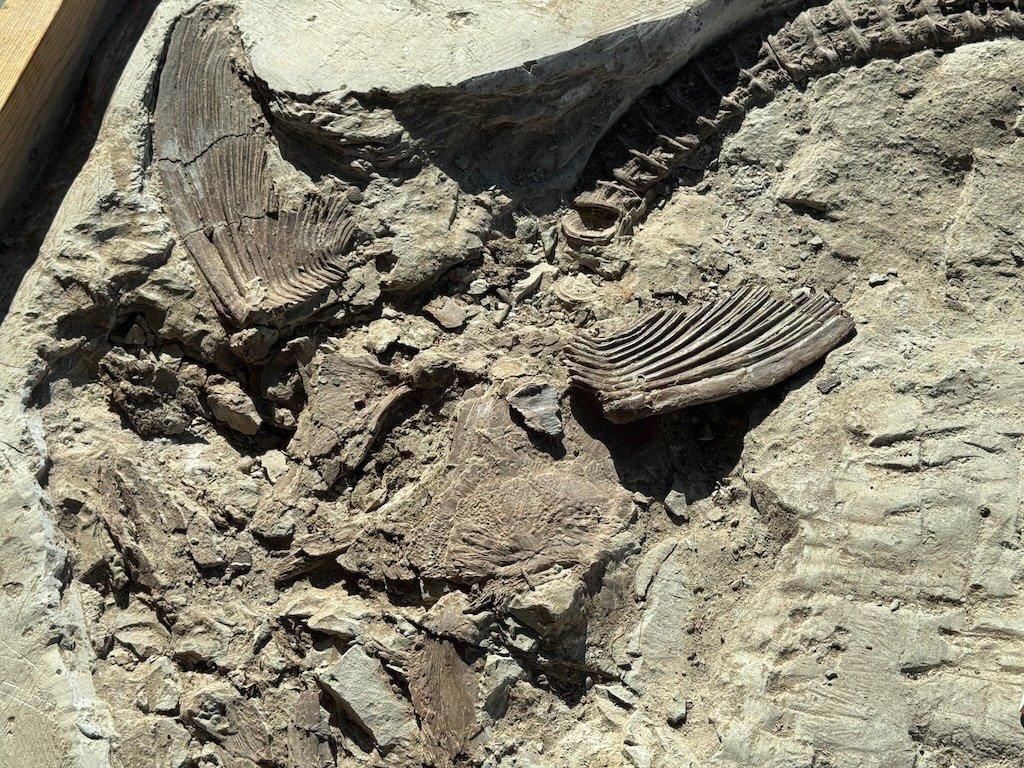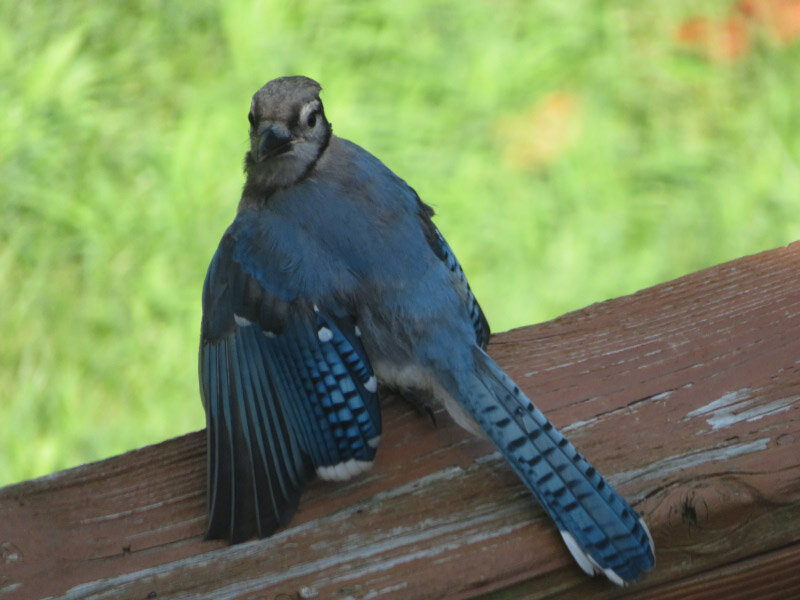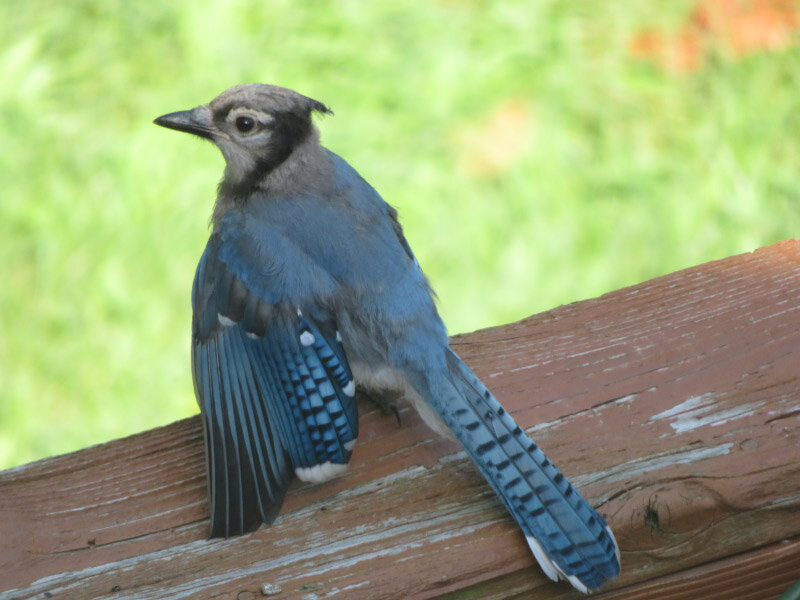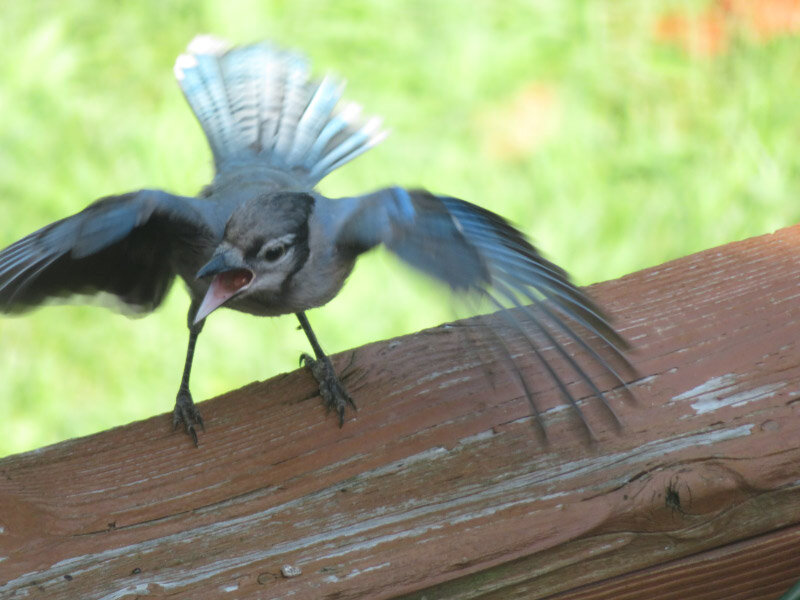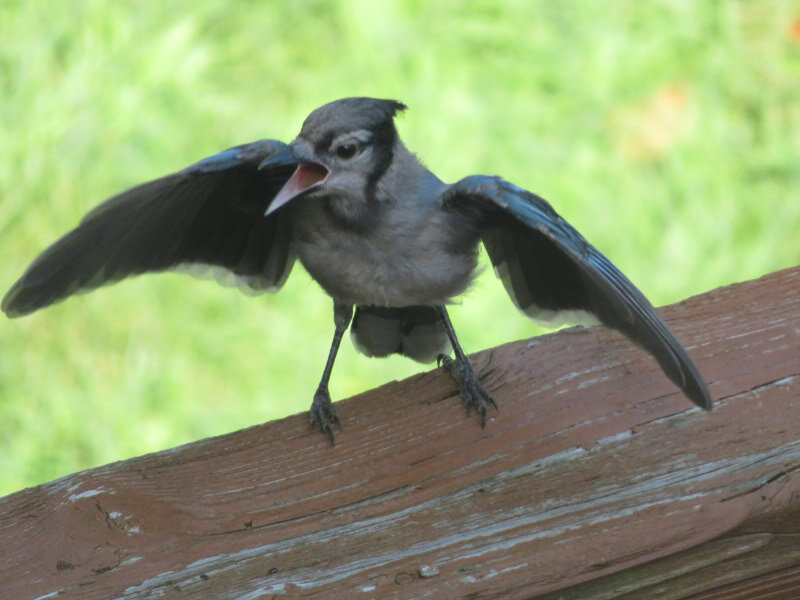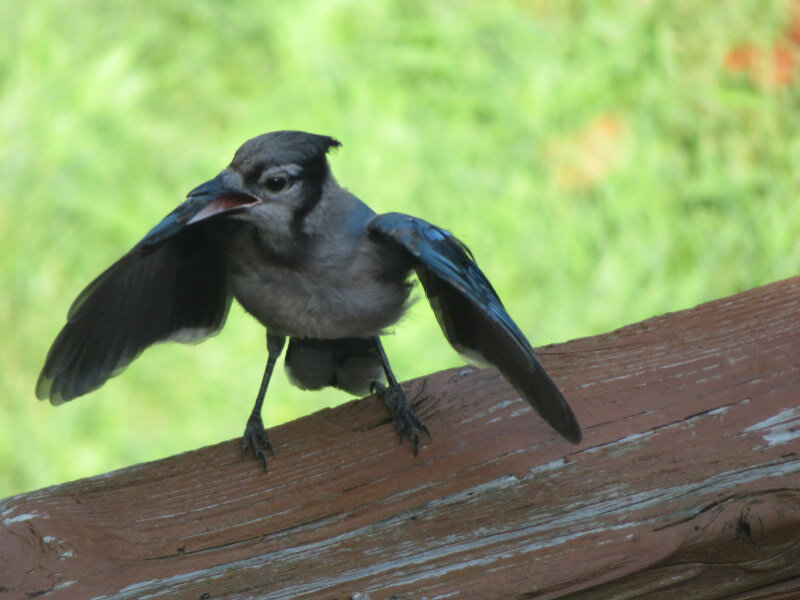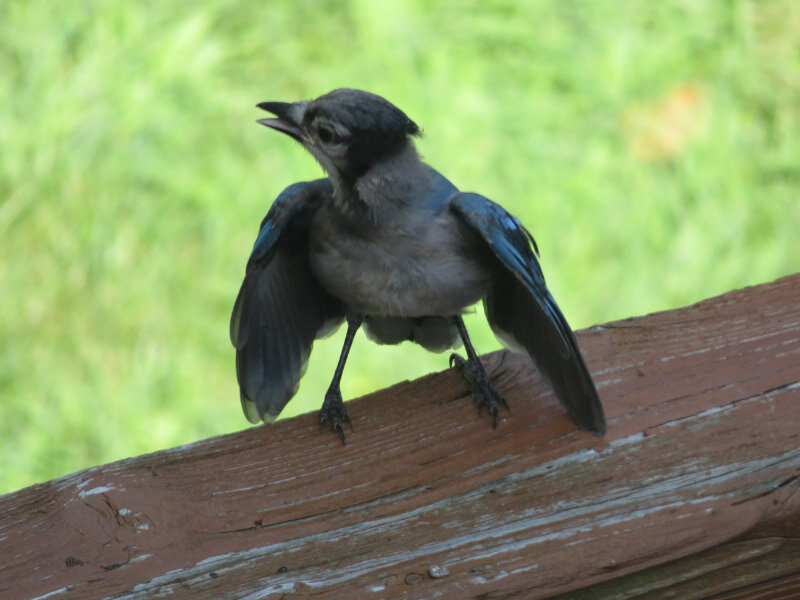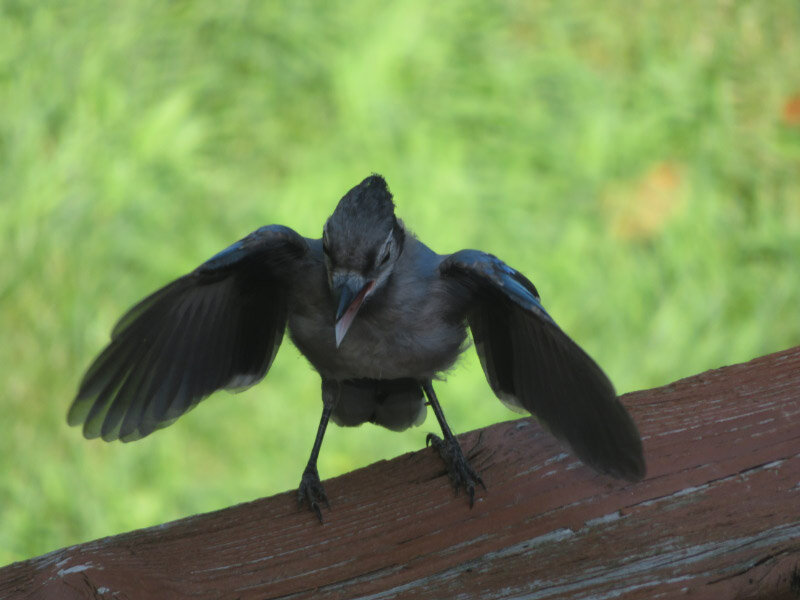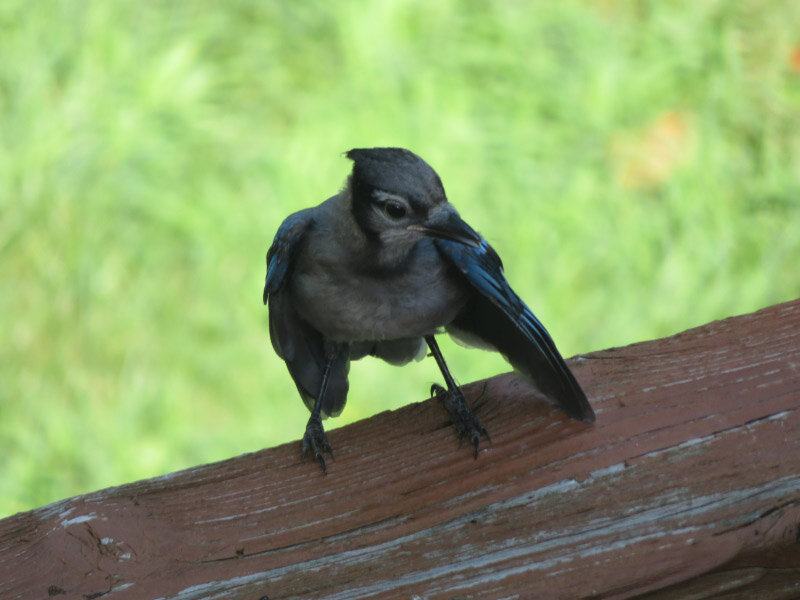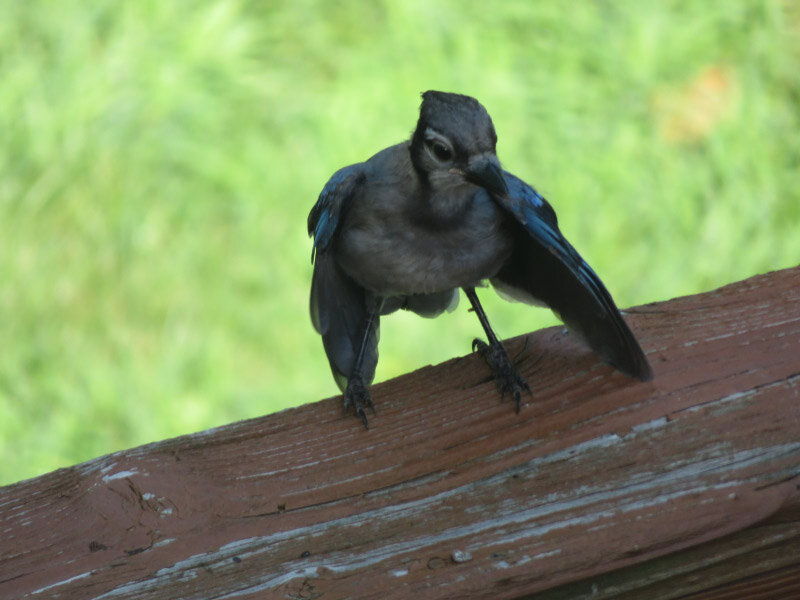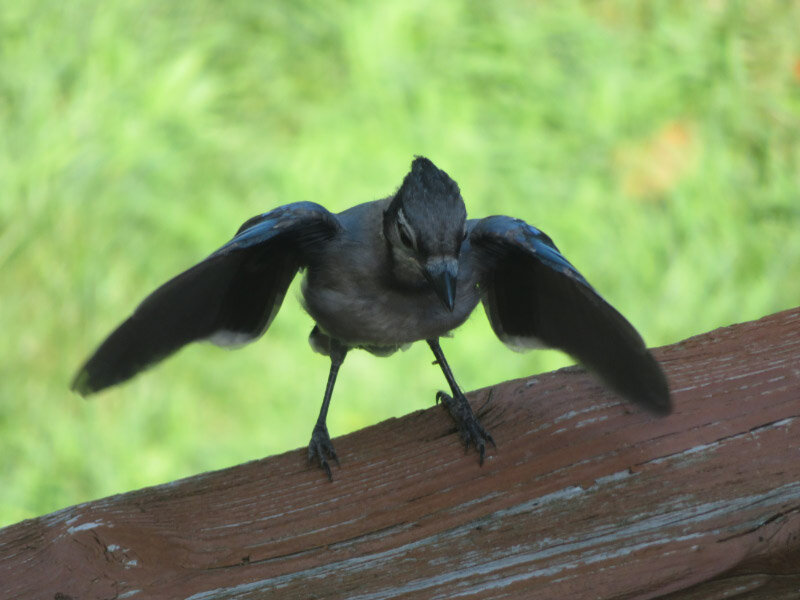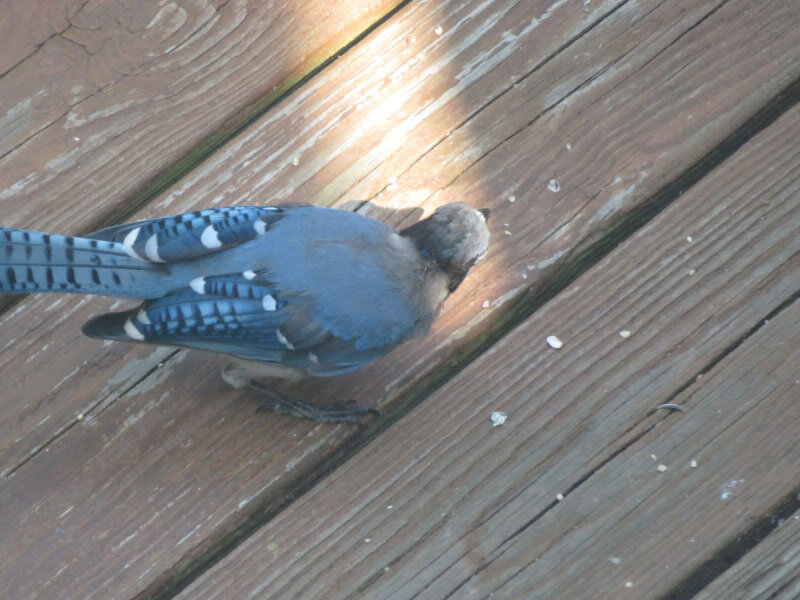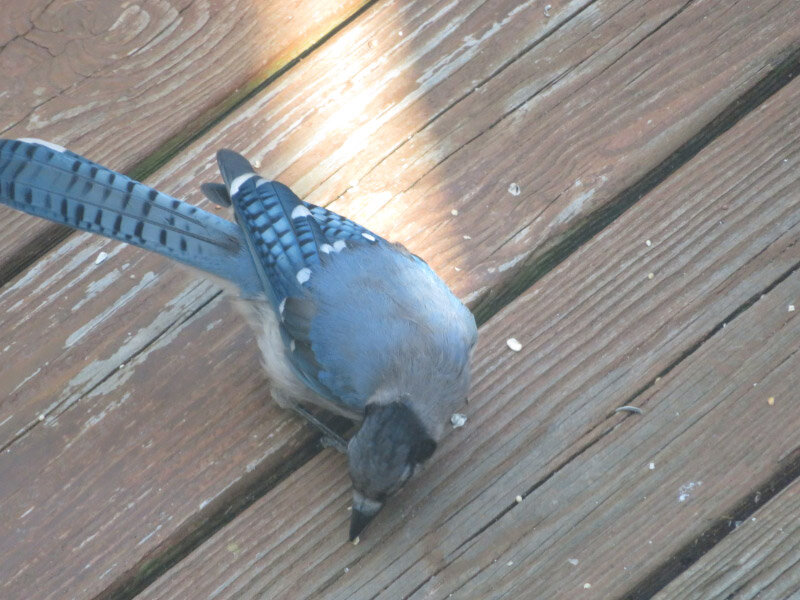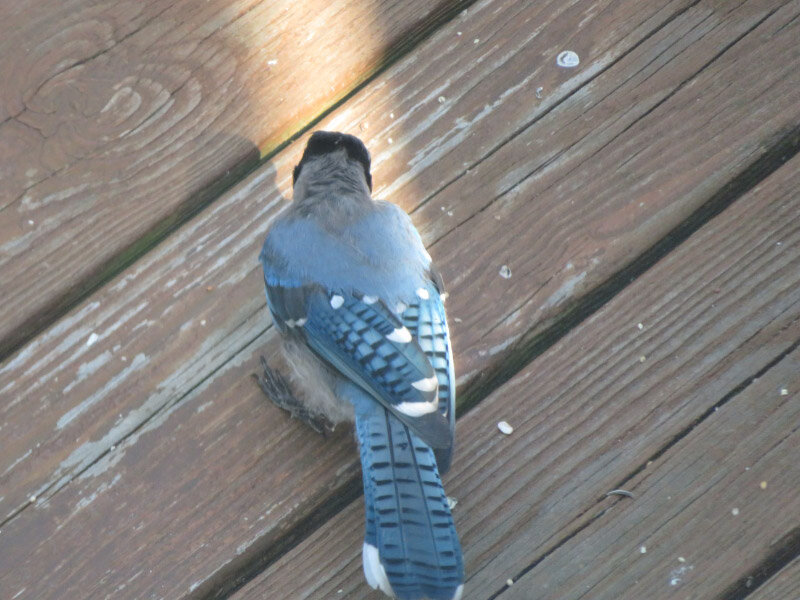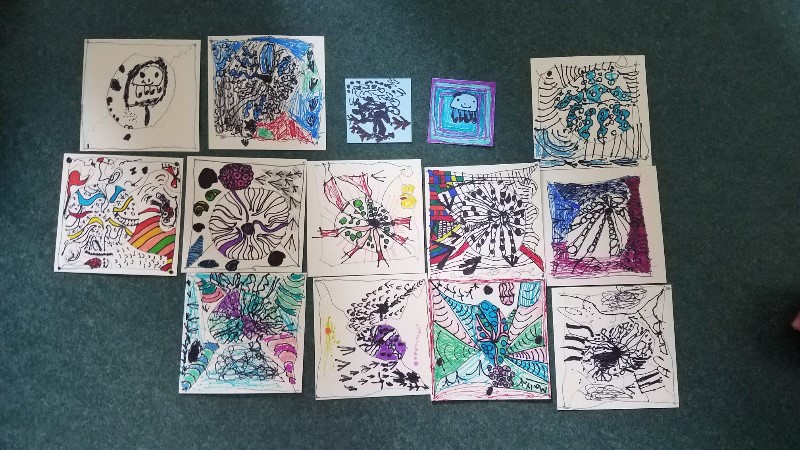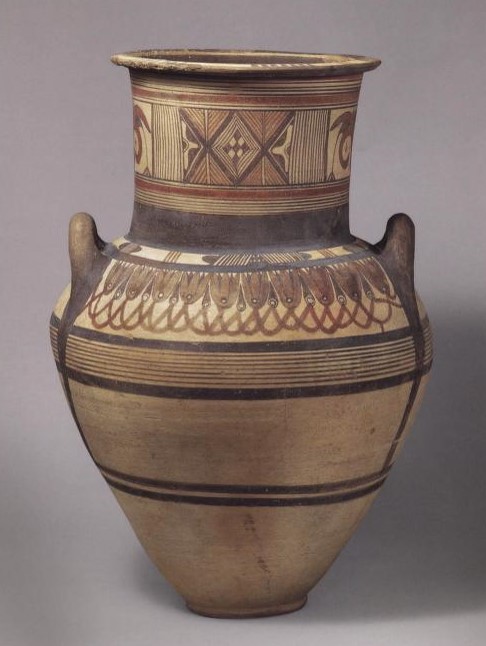The items below were ‘the cream’ of the articles and websites I found this past week. Click on the light green text to look at the article.
Meet the Kangaroos That Live in Trees - Filling an evolutionary niche akin to monkeys, they’re keystone species in the rainforests of New Guinea and Australia.
Manet Cut This Painting in Half 150 Years Ago. Now, the Two Sides Are Back Together for a Rare Reunion - In 1874, Manet began to paint a scene of the Brasserie Reichshoffen on a large canvas. Unlike his paintings of military scenes or upper-class life of the 1860s, the new piece captured the dramas of everyday life. But Manet became dissatisfied with the composition of the large work and opted to cut the canvas in two. Over the next few years, he refined each half into more concise, if slightly less ambitious, depictions of the same café: At the Café and Corner of a Café-Concert. While both paintings are well regarded, Manet’s contemporaries struggled to understand his decision to separate them. But Manet’s conviction that the two should be kept apart remained strong. When the two paintings of the same café were exhibited at the Triennial Salon in Antwerp in 1879, they were shown in separate rooms.
Deconstructing Buildings: The Quest for New Life for Old Wood - A growing number of cities have launched initiatives to reuse the wood waste from construction and demolition that now ends up in landfills. The challenge, proponents say, is to deploy new techniques for disassembling old buildings and markets for repurposing the salvaged wood. Using reclaimed wood in buildings stores carbon and helps reduce emissions by avoiding the need to cut new trees. Going forward, some architects say, buildings should be designed for disassembly — meaning every structure is built not only to last but also for easy dismantling and repurposing when its time is up.
Why the appendix is much more important than we once thought - The appendix has been shown to be an important component of immune function, especially in early life. In addition, the appendix itself contains a very diverse and varied microbiota distinct from other parts of the gastrointestinal tract, suggesting a specialized role. Removal of the appendix has been associated with a reduction in gut bacterial diversity which can lead to intestinal dysbiosis and potentially increase susceptibility to various diseases. Appendectomy has also been linked to an increase in fungal diversity in the gut; the appendix may play a role in the balance between bacterial and fungal populations, potentially acting as a store of commensal gut microbiota that repopulate the colon after exposure to pathogens or antibiotic treatment. The appendix may play a further role in protecting the gastrointestinal system from invading pathogens.
How Extreme Heat Impacts Children - Infants and young children sweat less and are unable to regulate their core body temperature as well as adults. Playgrounds are not always built with materials designed to withstand heat and prevent burns. Older children such as high school athletes face increased risk of heatstroke and other illnesses during practices and games.
Weather makers: How microbes living in the clouds affect our lives - Trillions of bacteria, fungi, viruses and single-celled organisms travel the globe high in the atmosphere. Current aerobiologists deploy sophisticated air-samplers on drones and use DNA-sequencing technology to identify airborne life by its genes. The aerobiome, researchers now recognize, is an enormous habitat filled only with visitors. By one estimate about a trillion trillion bacterial cells rise each year from the land and sea into the sky. By another estimate, 50 million tons of fungal spores become airborne in that same time. Untold numbers of viruses, lichen, algae and other microscopic life forms also rise into the air. It's common for them to travel for days before landing, in which time they can soar for hundreds or thousands of miles. The aerobiome is a force to be reckoned with – one that exerts a powerful influence on the chemistry of the atmosphere. It even alters the weather. It turns out that biological molecules and cell walls are exceptionally good at triggering rain. More sobering… In a 2023 survey of clouds, bacteria carrying 29 different kinds of resistance genes were found. A single airborne bacterium may carry as many as nine resistance genes, each providing a different defense against drugs. Every cubic meter of cloud could hold up to 10,000 resistance genes. A typical cloud floating overhead may hold more than a trillion of them.
The New Normal Is Already a Loss: How Shifting Baselines Skew Our View of Nature - Think back on the bird song you woke up to this morning. You might have pulled out a few recognizable threads, perhaps the robin, the crow, the sparrow. Now imagine what morning might have sounded like to your grandparents. Major scientific studies indicate that it was likely a cacophony of song by comparison—many kinds of birds and more of them. The difference, the shift in normal, is gradual over time and the loss, without memory or data, is hard to define. With each generation, our perception of the natural world changes, and with it, our understanding of what accounts for abundance and loss of biodiversity. A term bandied about is the “new normal.” In ecology, it’s called the shifting baseline syndrome.
Fungi to the Rescue: How Mushrooms Are Helping Clean Up Toxic Lands - Mycoremediation, the use of fungi to break down pollutants and absorb heavy metals from contaminated soil. Certain species can transform petrochemicals, pesticides, and heavy metals into harmless compounds or concentrate them for safer removal. This nature-based method offers an affordable, less disruptive alternative to traditional “dig and dump” remediation approaches.
A History of Some National Park Roads – The only roads mentioned in the article I haven’t experienced is Generals Highway in California and Going-to-the-Sun Road in Montana!
The Famous, Feathered Dinosaur Archaeopteryx Could Fly, Suggests New Study of a ‘Beautifully Preserved’ Fossil - A fossil collector discovered the Chicago Archaeopteryx sometime before 1990 in limestone deposits near Solnhofen, Germany, where all known Archaeopteryx fossils originate. As the Field Museum’s preparators worked on the pigeon-sized Chicago Archaeopteryx, they realized that the fossil included more soft tissues and delicate skeletal details than any other known Archaeopteryx specimen. From previous fossils, they already knew the dinosaur had asymmetric feathers, which are vital to creating thrust in modern, flying birds. But the hard slab of limestone around this specimen had also preserved a key layer of feathers called tertials that had never been documented before in Archaeopteryx.


